Information to know
Namibia is home to a remarkable diversity of mammals, ranging from iconic predators to unique desert-adapted species. Here's an overview of the variety of mammals found in Namibia:
1. Big Cats: Namibia is known for its populations of big cats, including lions, leopards, and cheetahs. These majestic predators roam various habitats across the country, from savannas to desert plains.
2. Desert-adapted Mammals: Namibia's arid landscapes are home to several species uniquely adapted to desert life. These include the desert-adapted elephant, gemsbok (oryx), springbok, and meerkat, which have evolved remarkable adaptations to survive in harsh desert conditions.
3. Antelopes and Ungulates: Namibia boasts a rich variety of antelope species, such as kudu, impala, eland, and sable antelope. Additionally, the country is home to several ungulate species like the black wildebeest, red hartebeest, and Hartmann's mountain zebra.
4. Elephants: While not as numerous as in other African countries, Namibia is home to populations of African elephants. The desert-adapted elephants of the Kunene region are particularly famous for their ability to survive in arid environments.
5. Rhinoceroses: Both black and white rhinoceroses can be found in Namibia, with conservation efforts focused on protecting these endangered species from poaching.
6. Small Carnivores: Namibia is also home to a variety of smaller carnivores, including the spotted hyena, African wild dog, and black-backed jackal.
7. Rodents and Small Mammals: Namibia's diverse habitats support numerous species of rodents, shrews, and small mammals, which play important roles in the ecosystem as prey for larger predators.
Overall, Namibia's diverse mammalian fauna contributes to its status as a premier wildlife destination, offering visitors the chance to observe a wide range of species in their natural habitats.
WHAT YOU WILL SEE
These are my favorite photos of birds taken in Namibia.
<<< The gallery is constantly updated, so stay tuned or follow me on Instagram >>>
the big 5
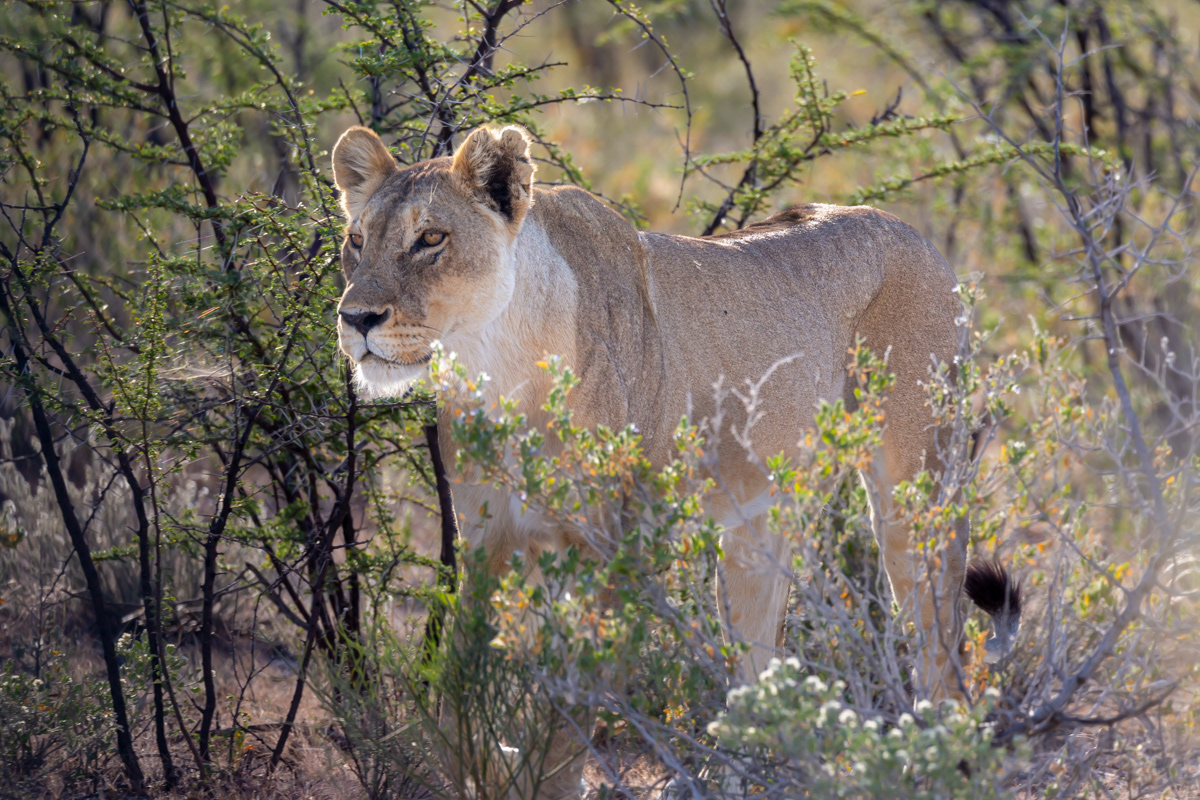







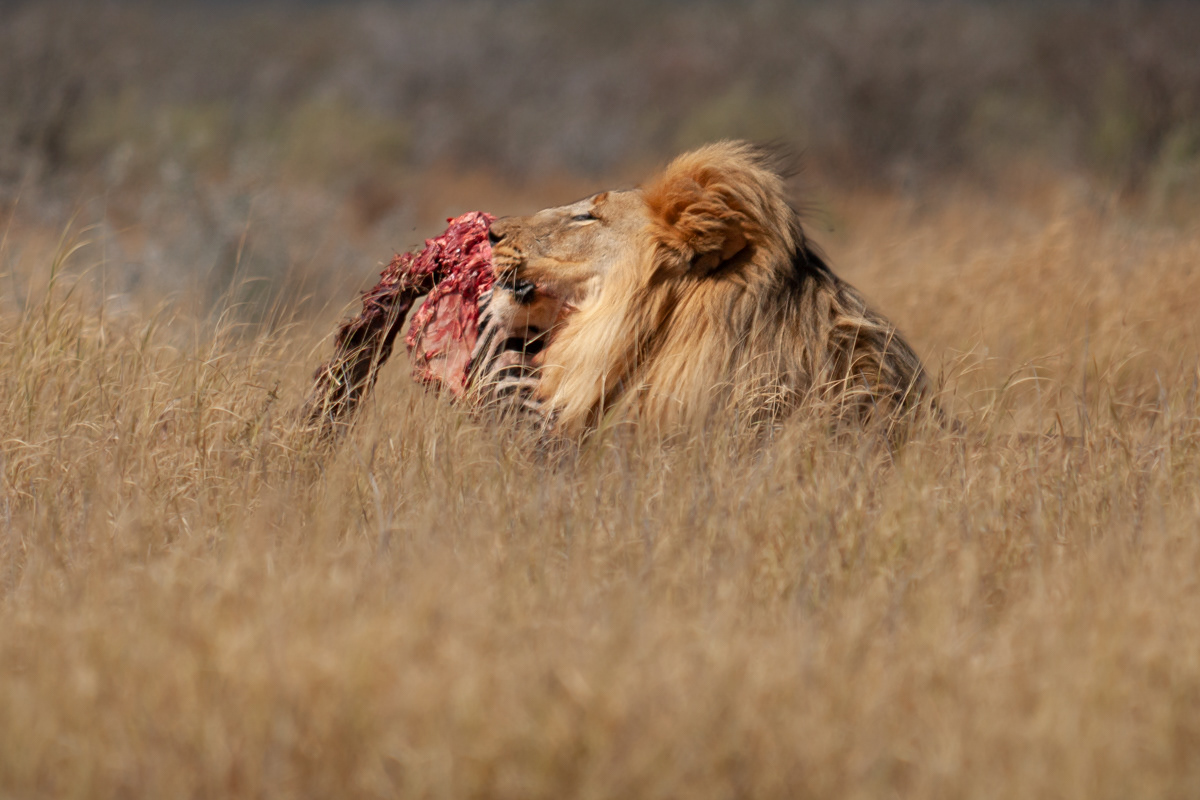

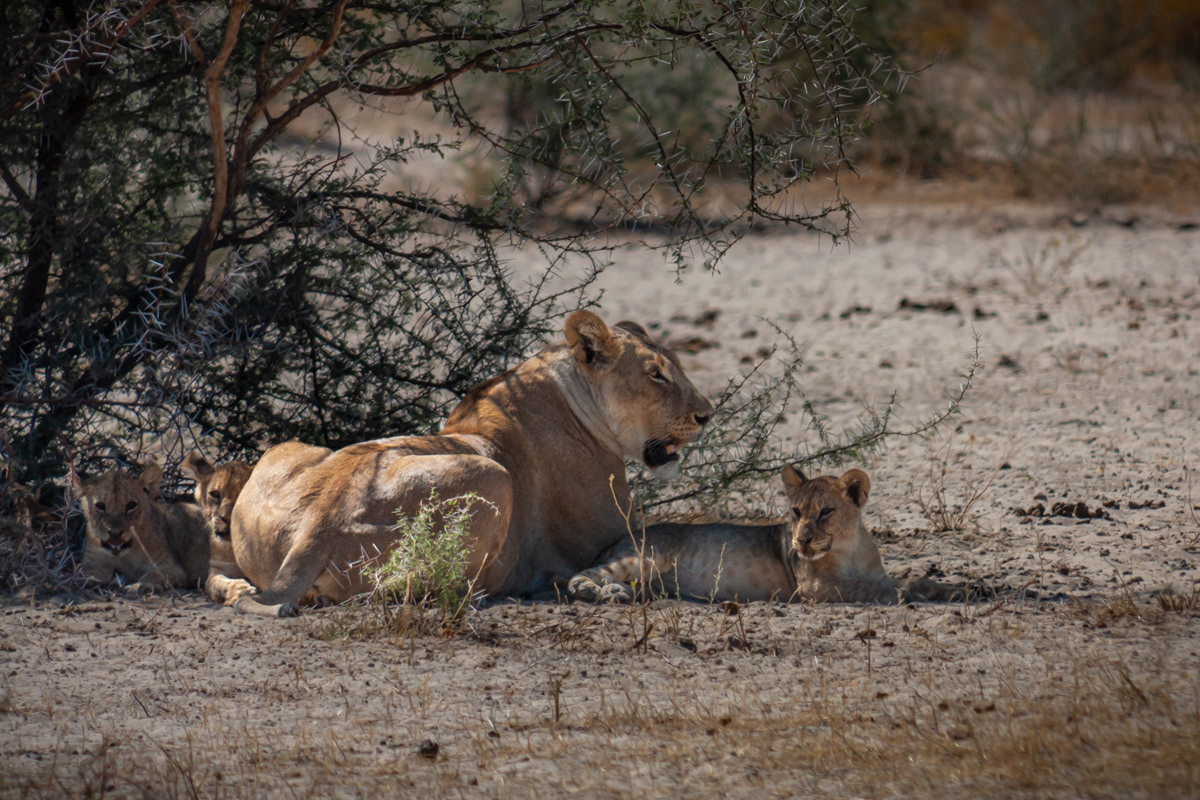
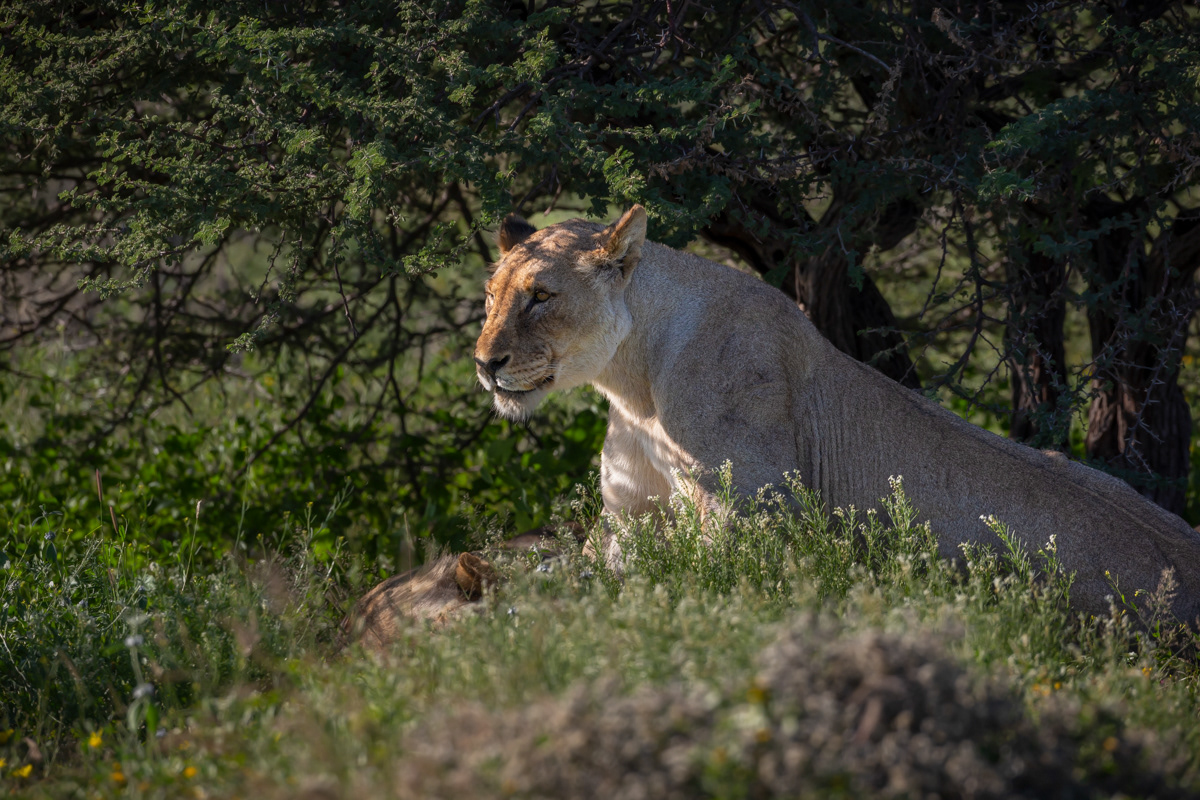
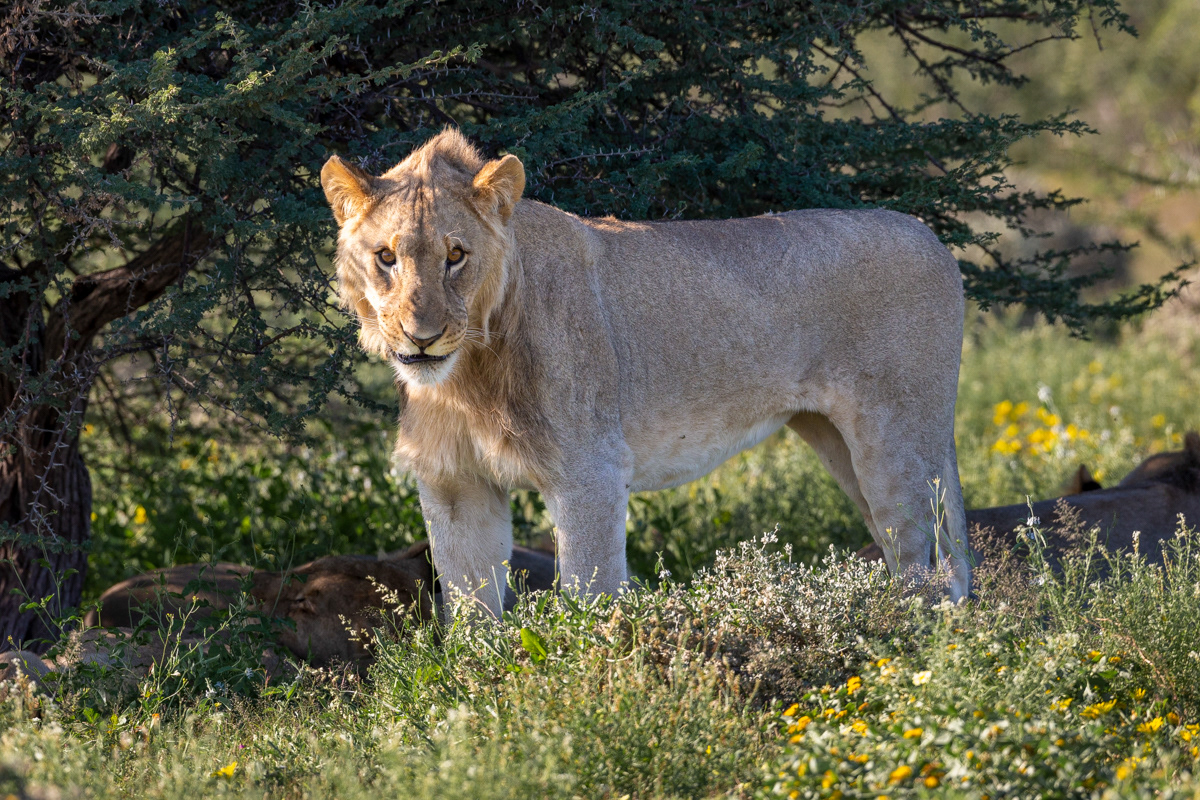

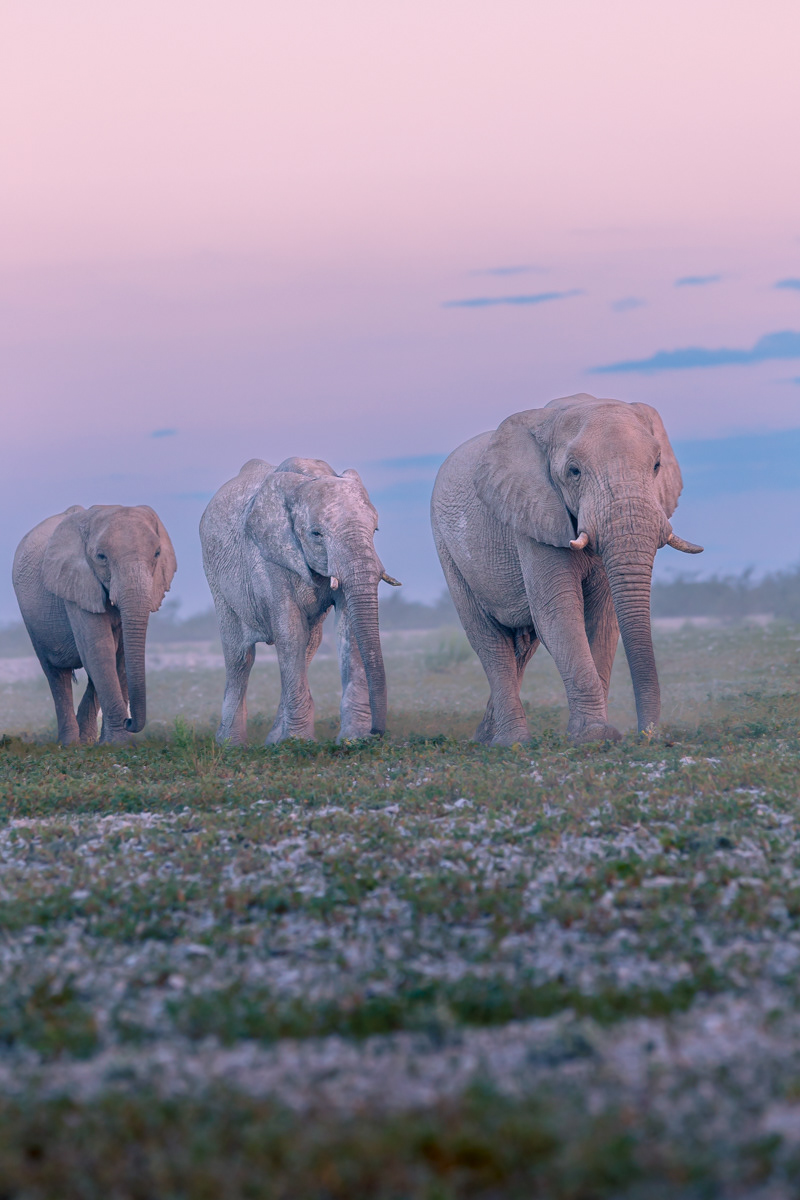

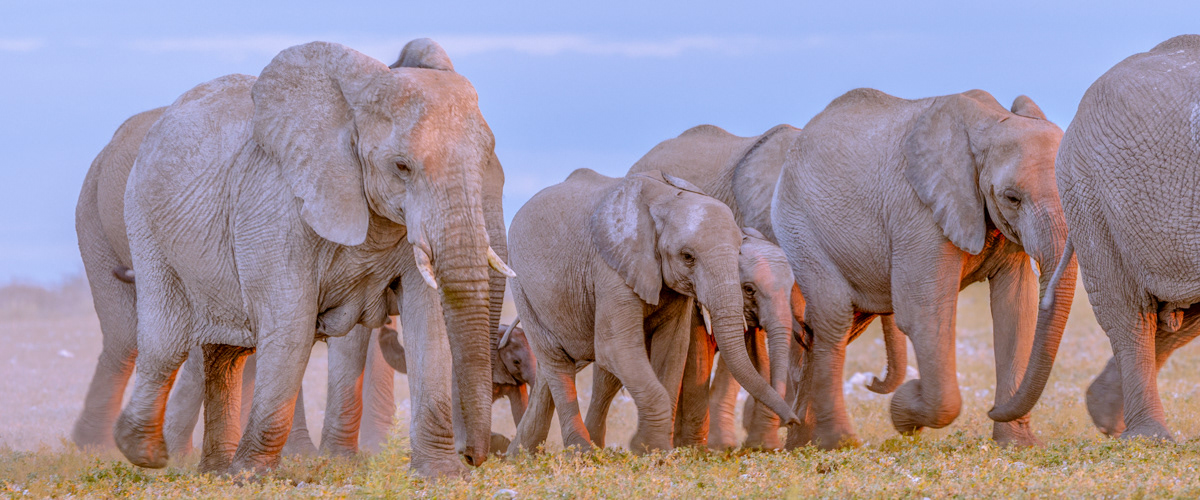
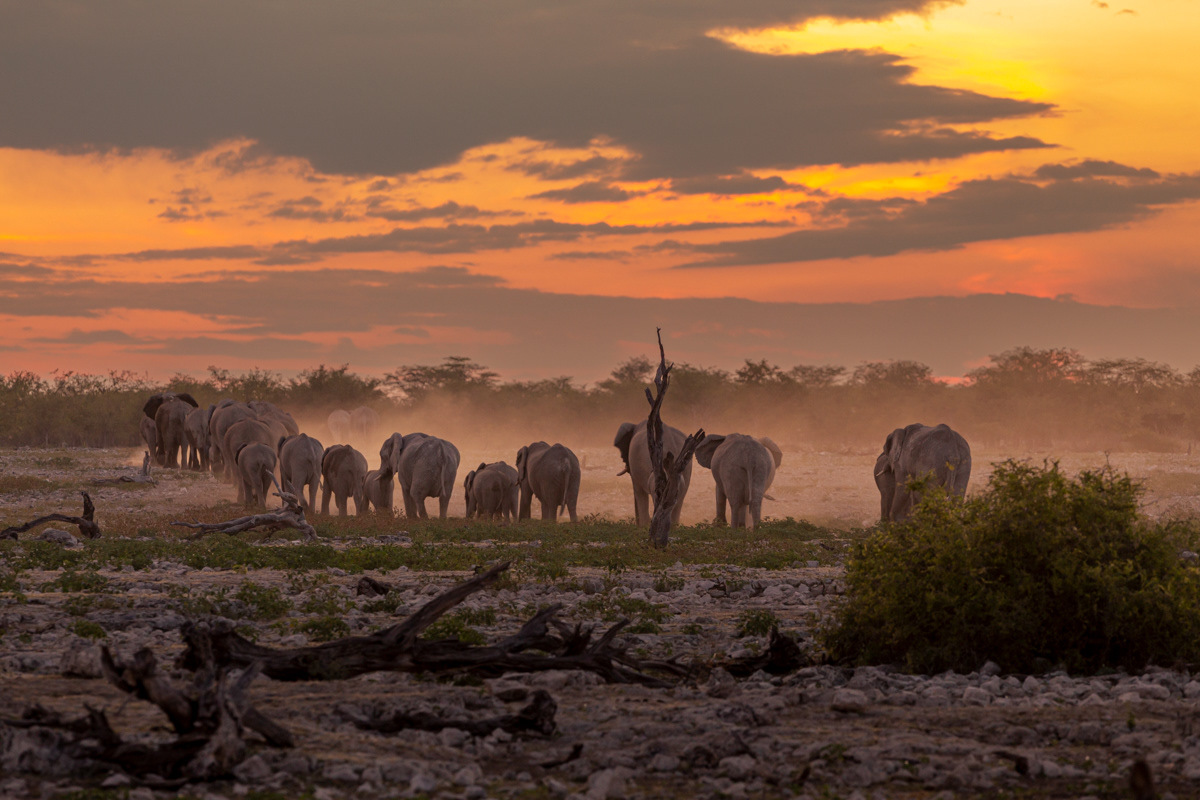
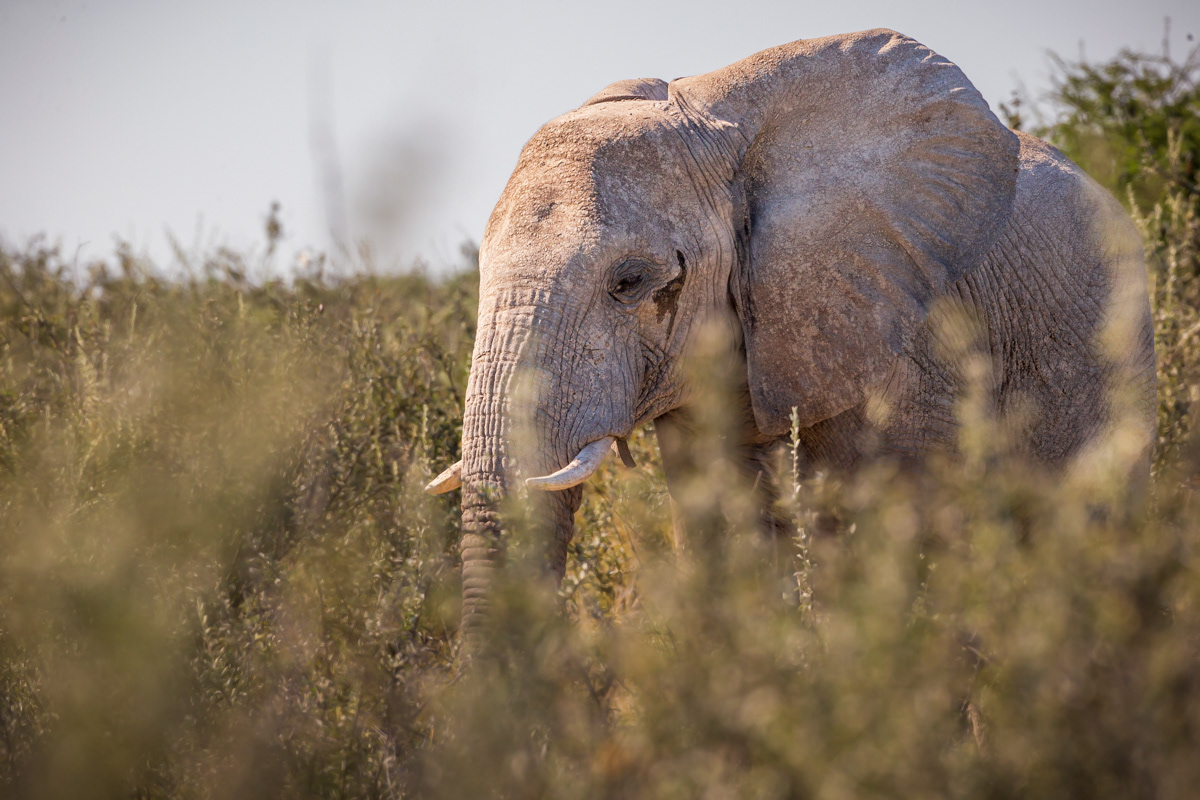


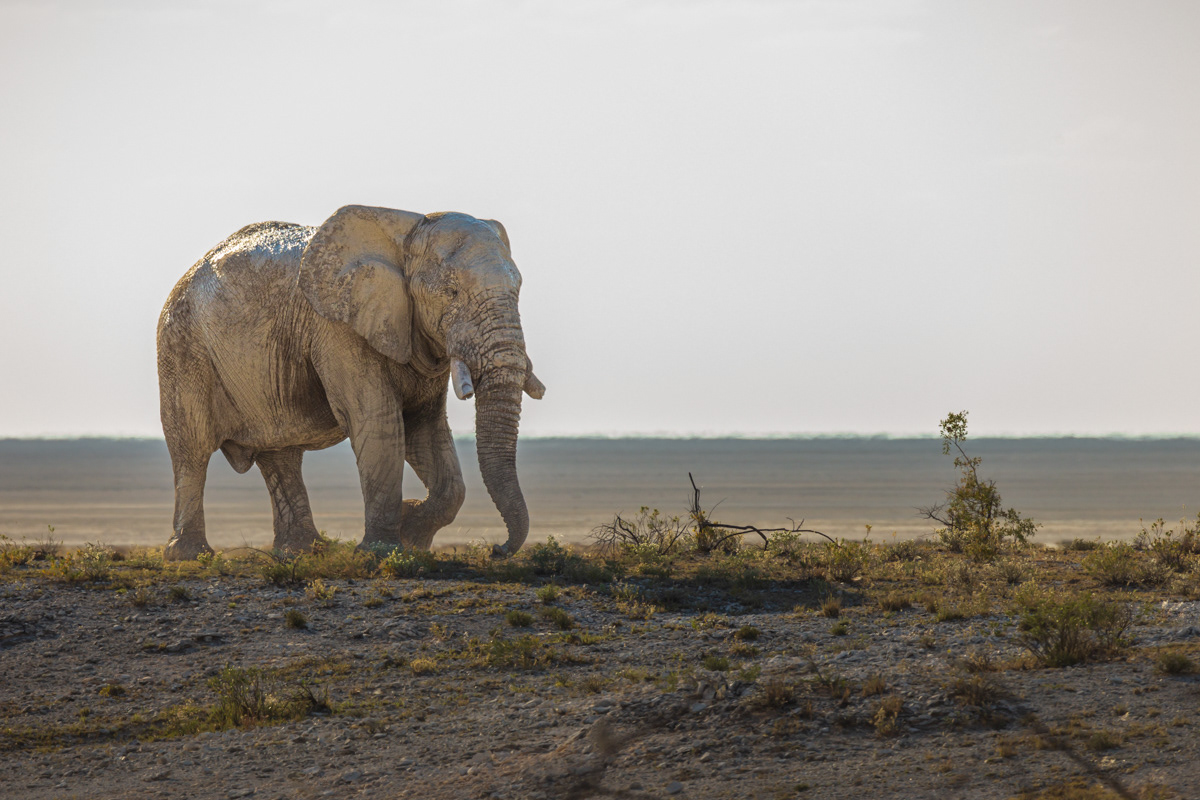


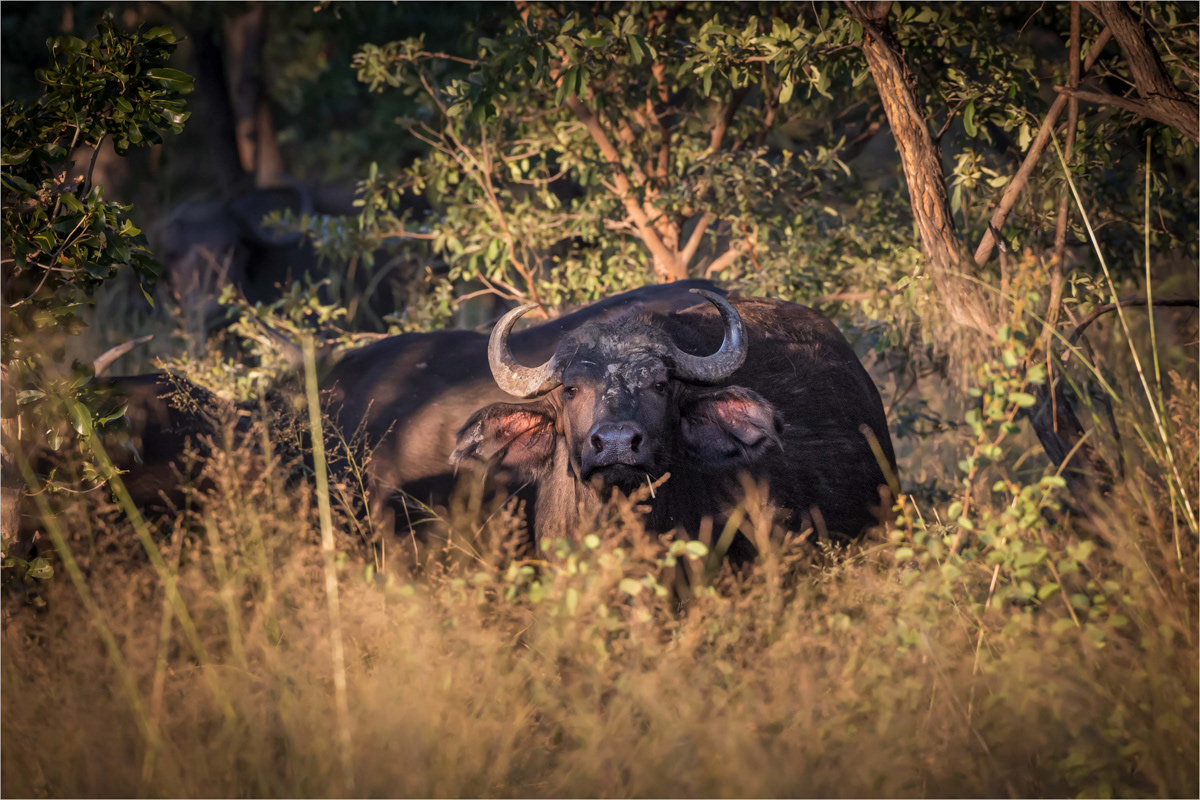
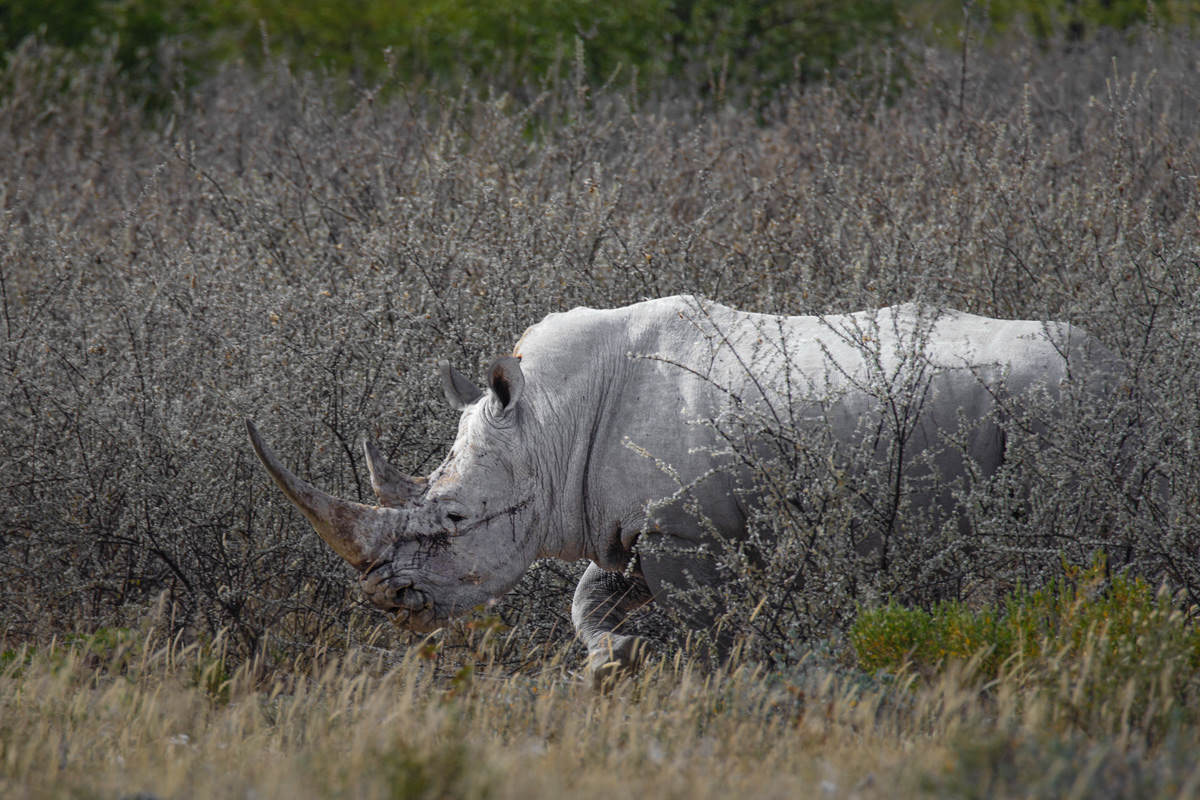
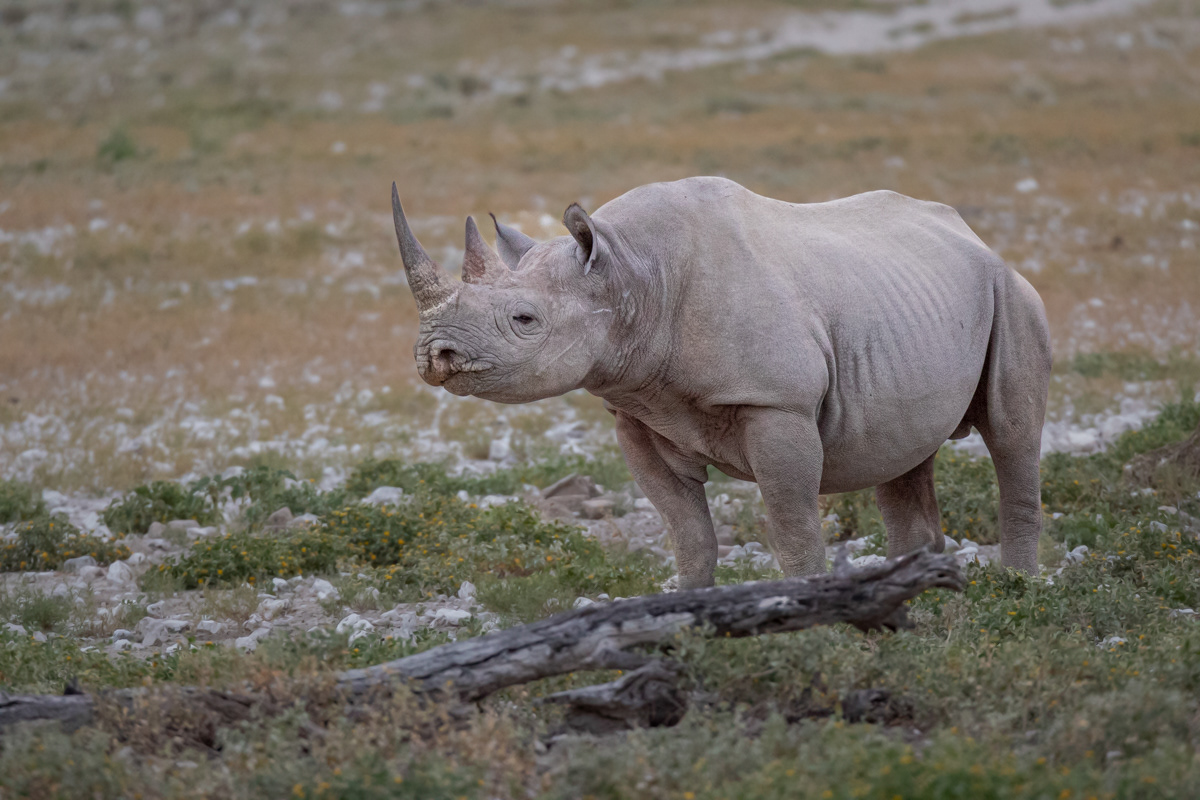
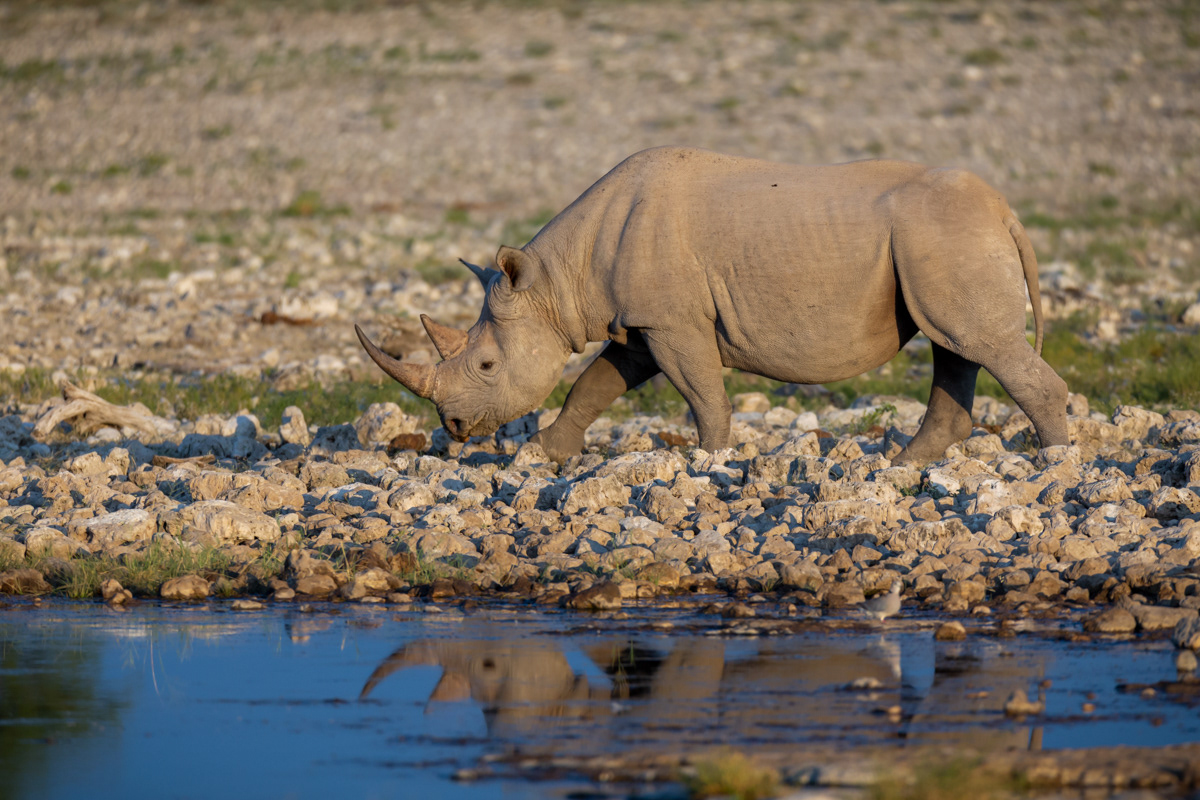
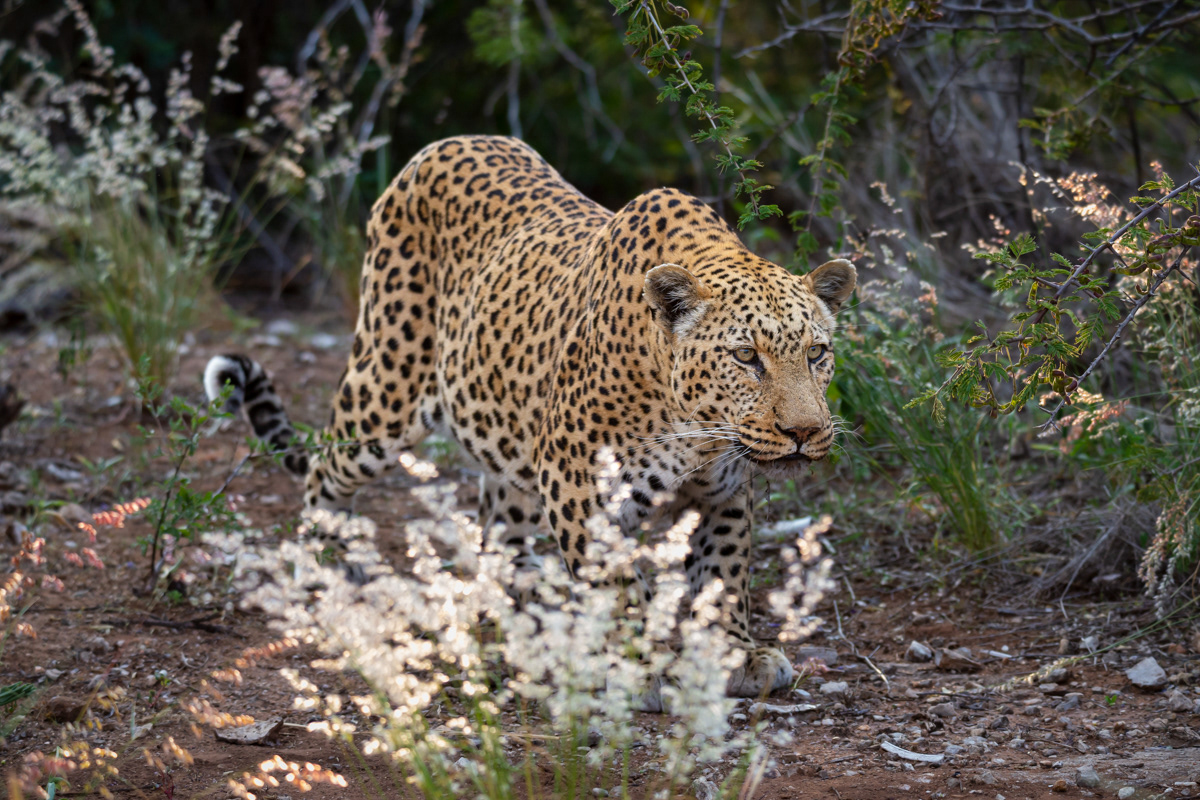
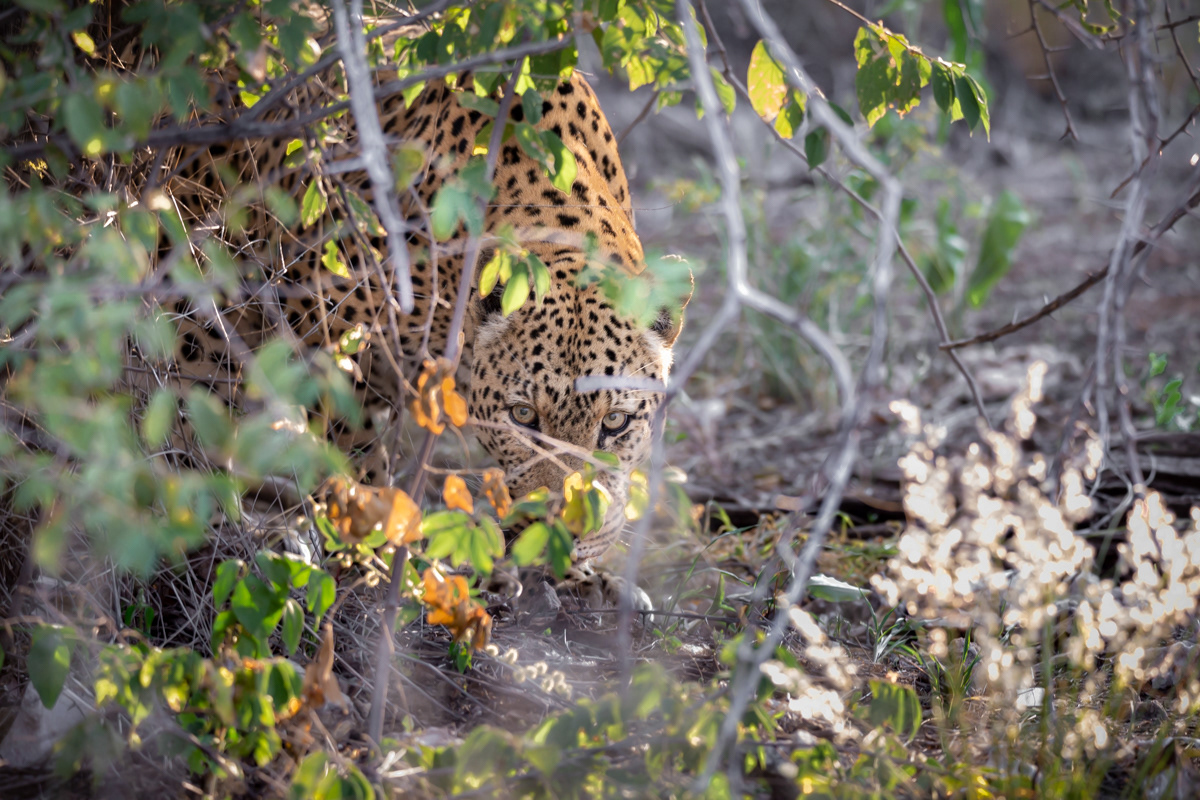

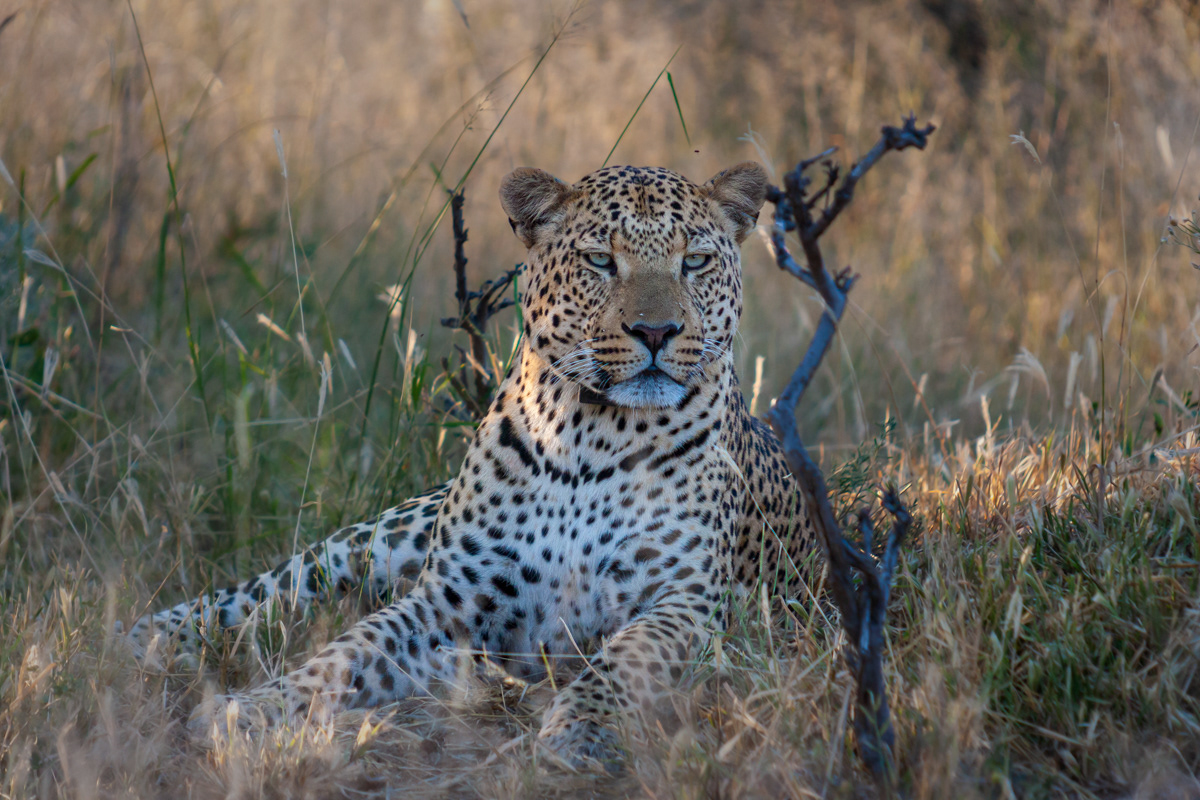
predator outside the big 5
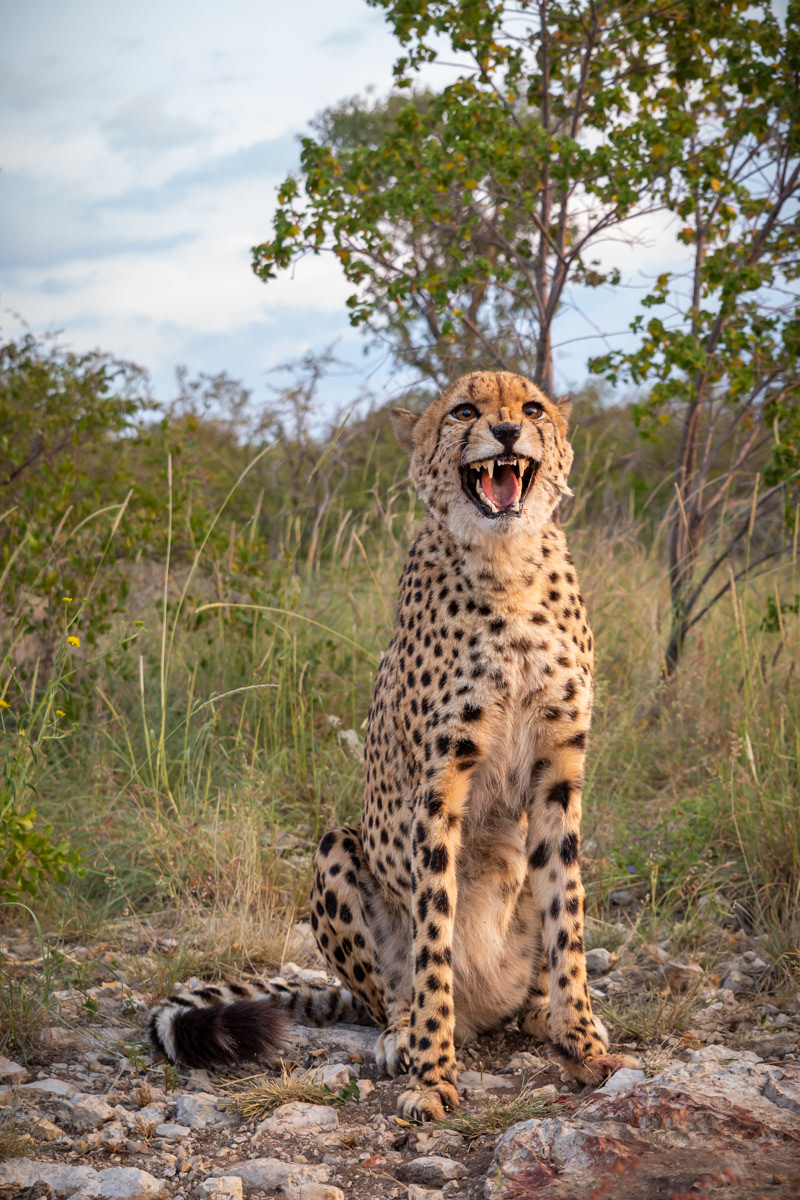
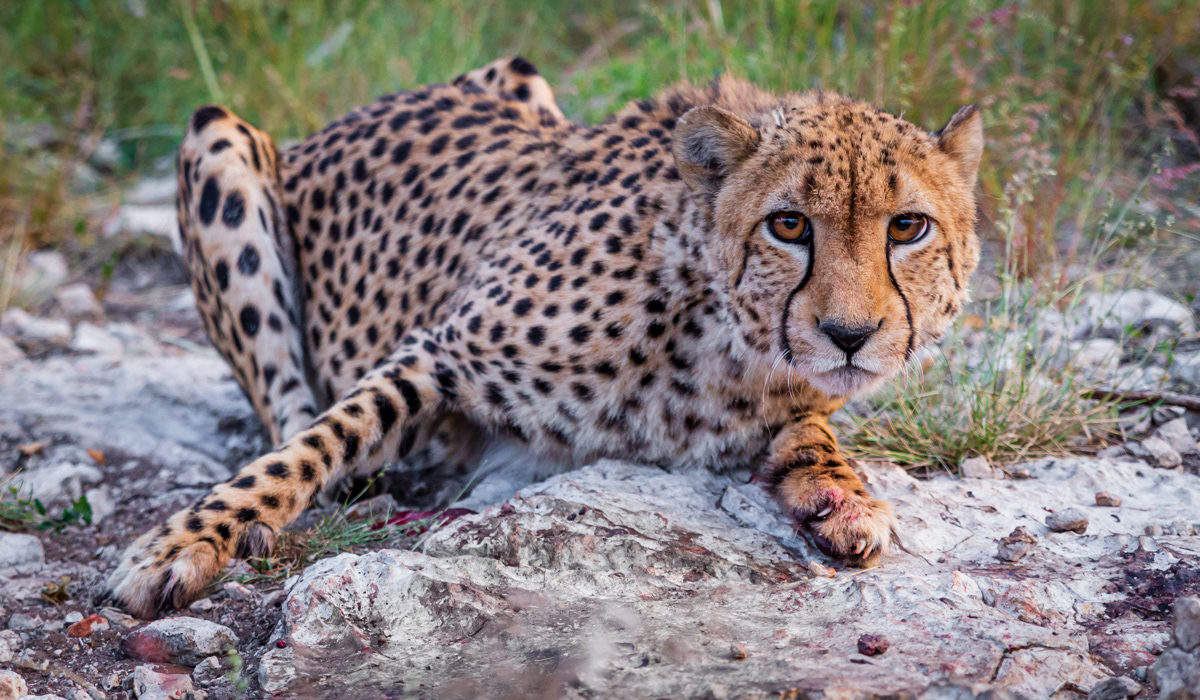
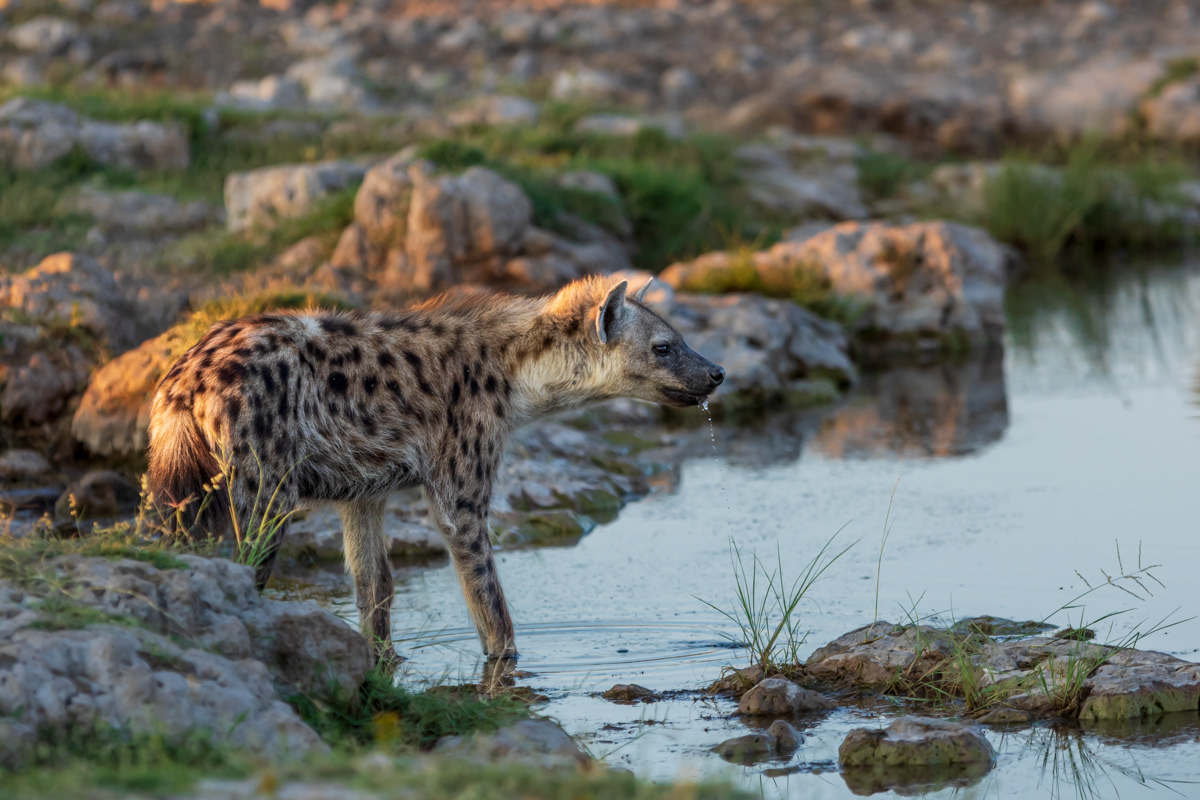
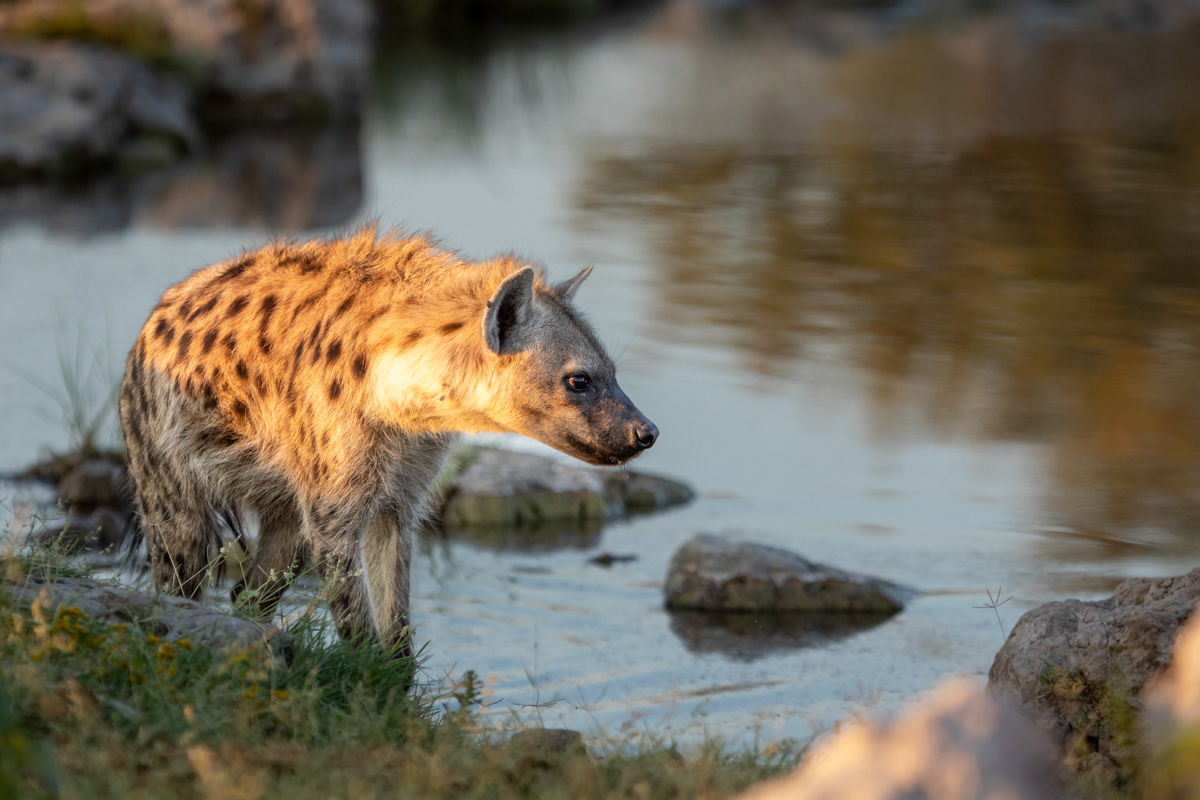
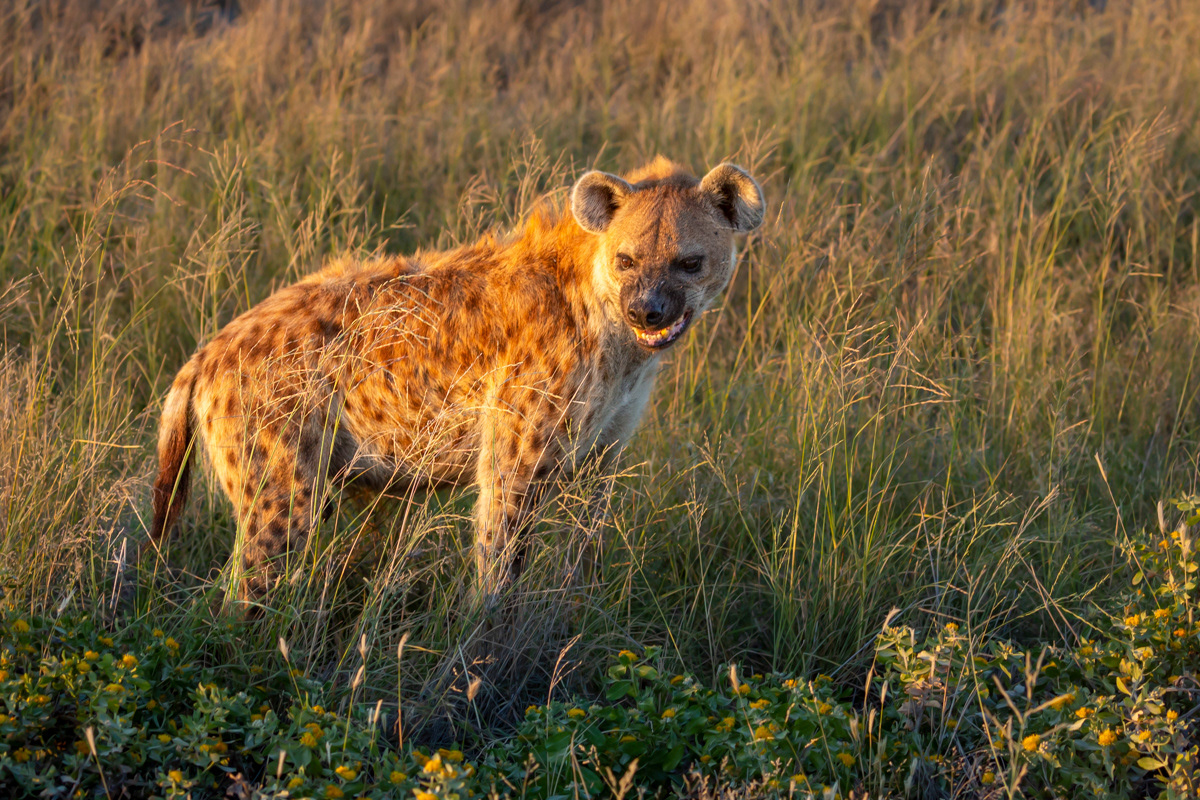


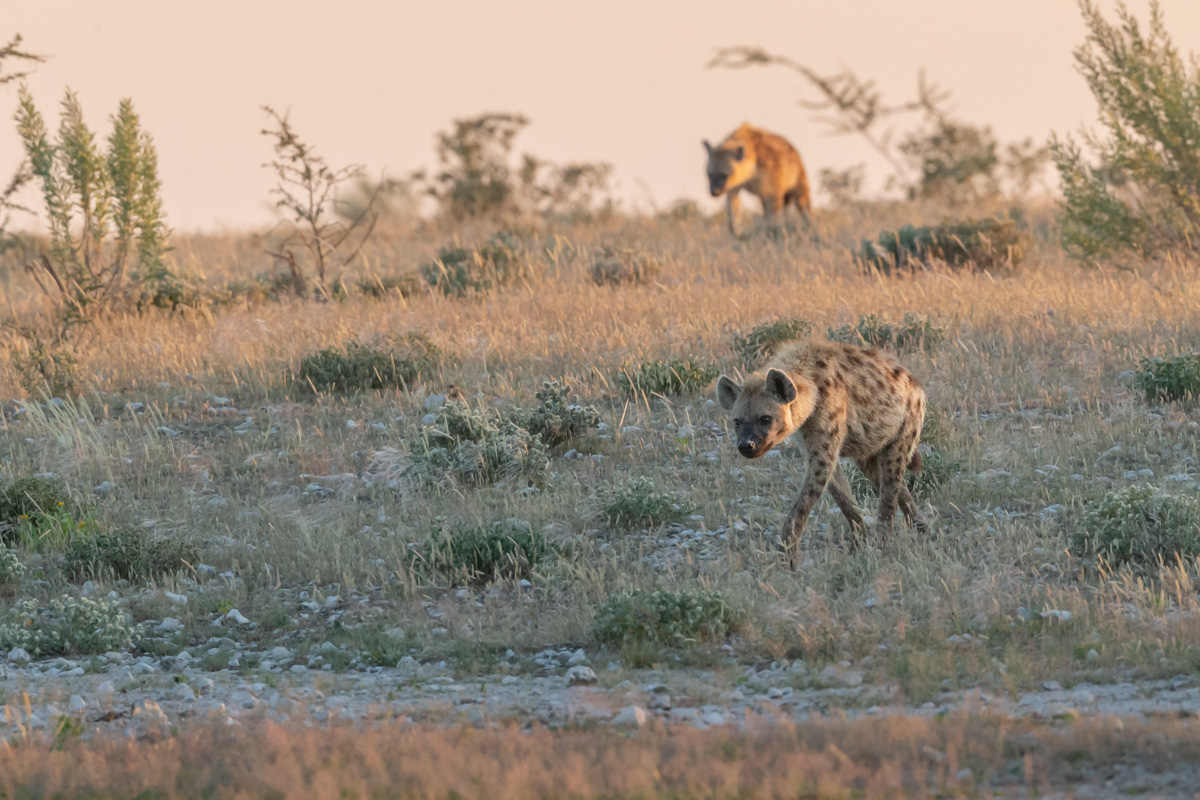
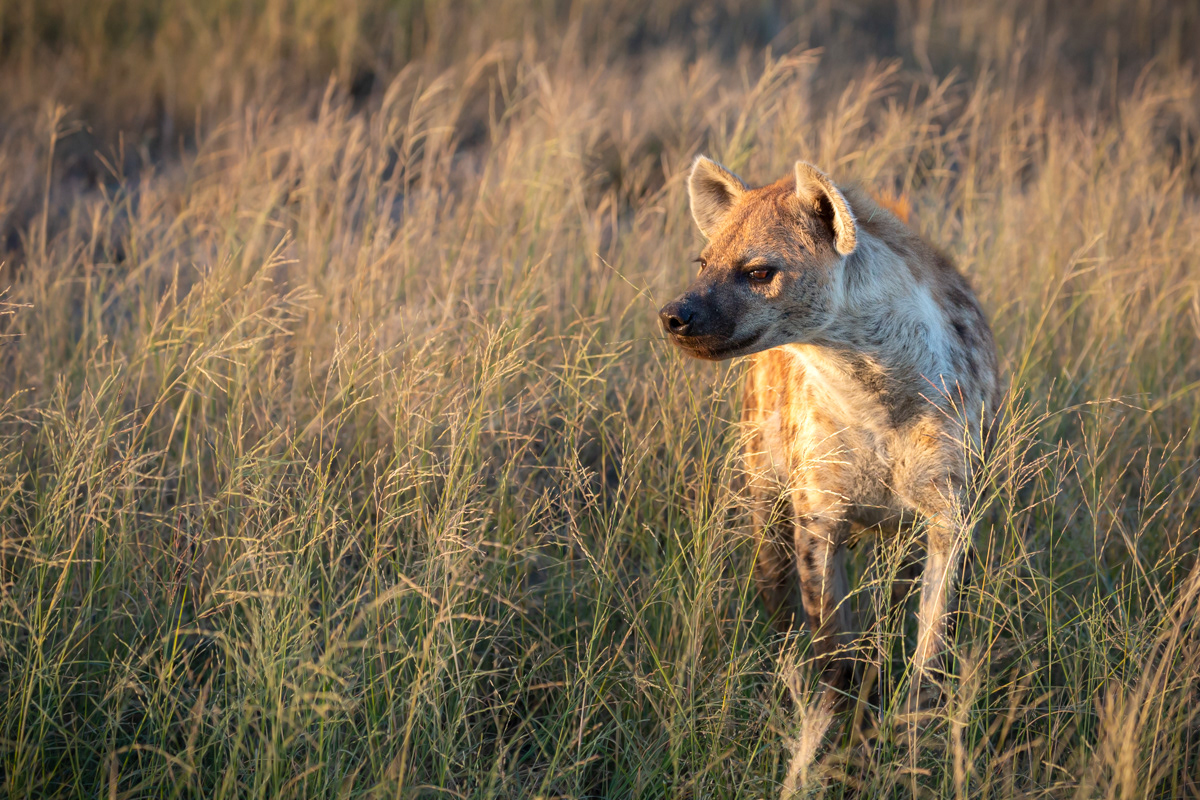
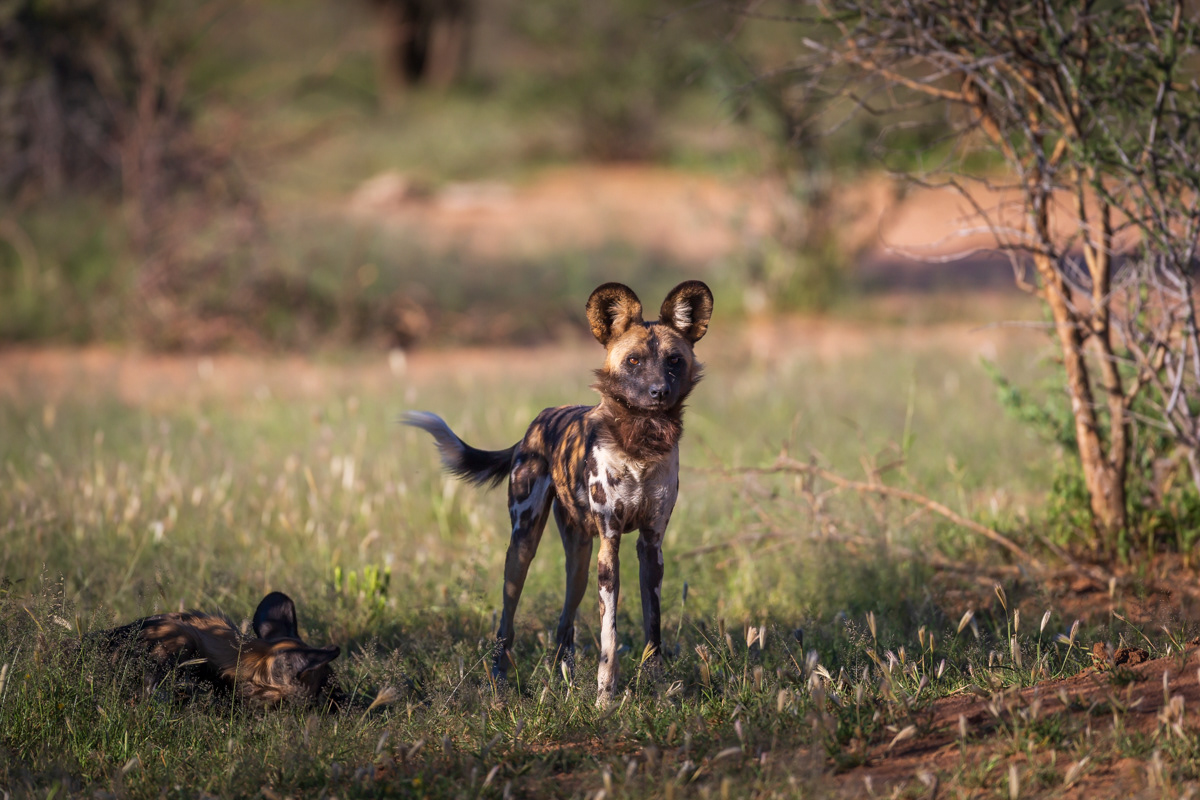
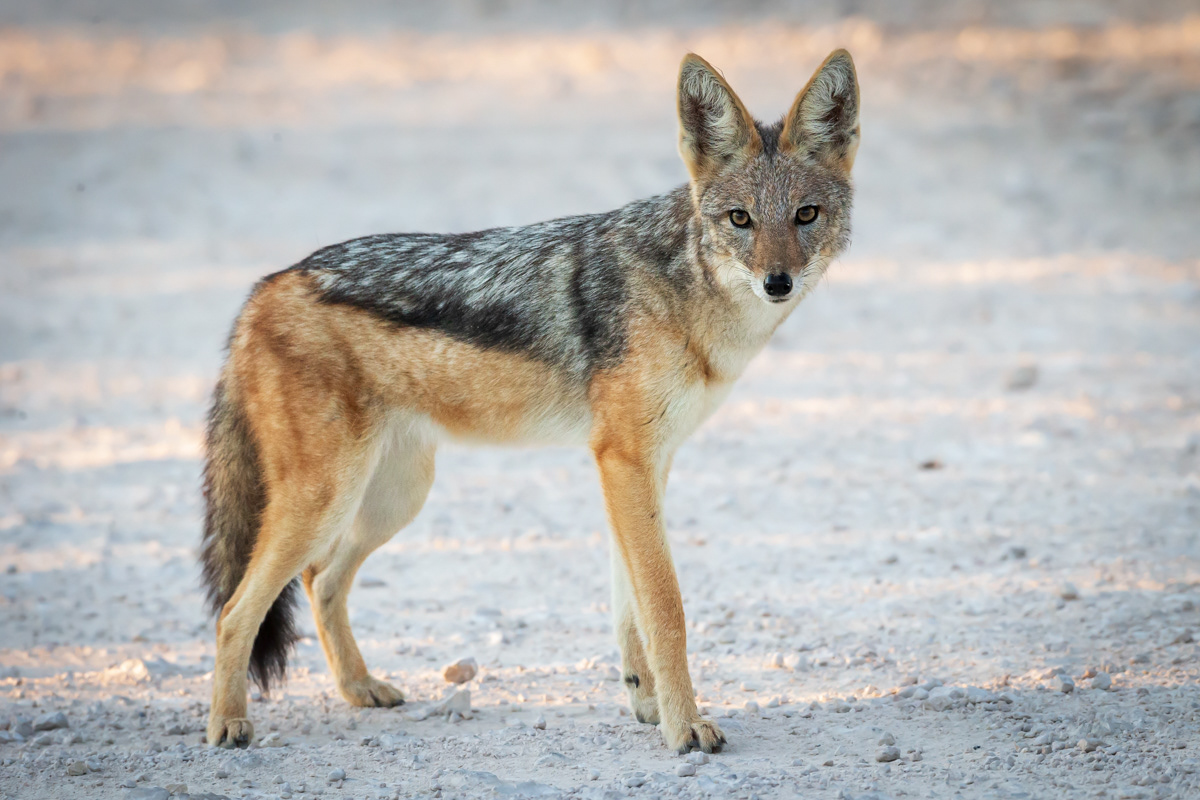
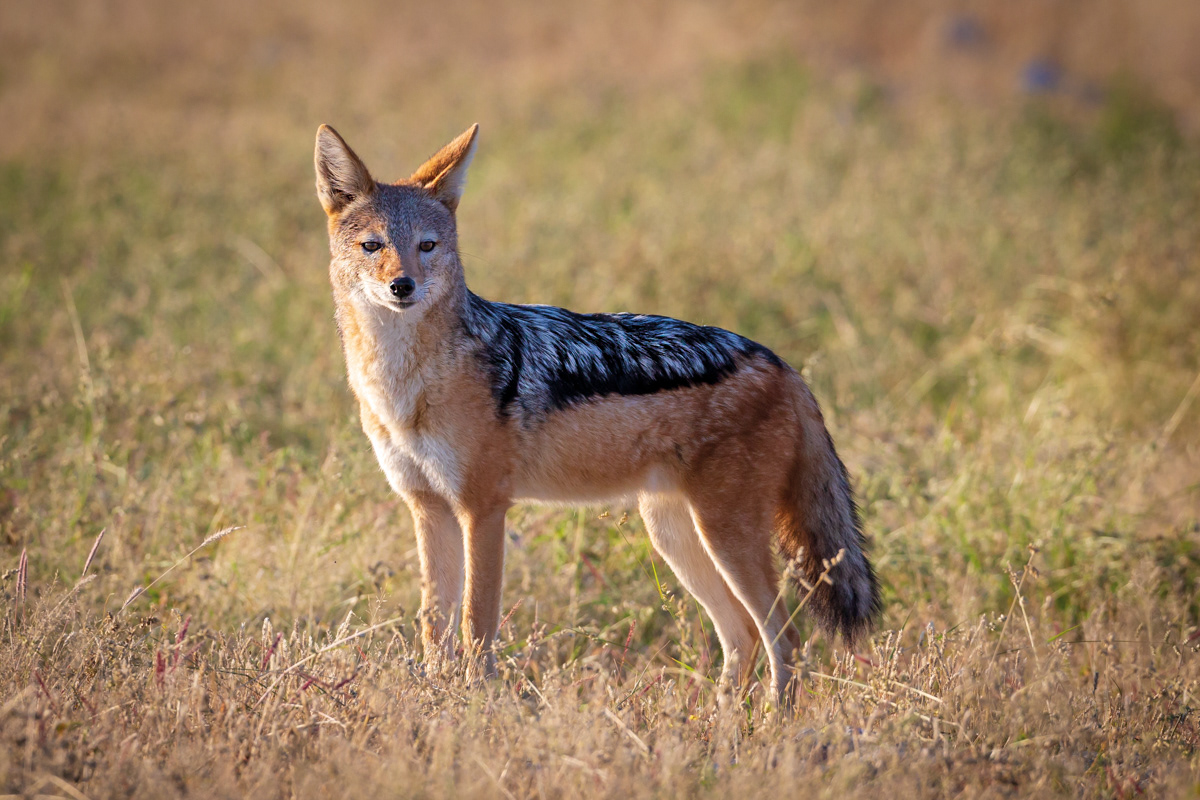
other
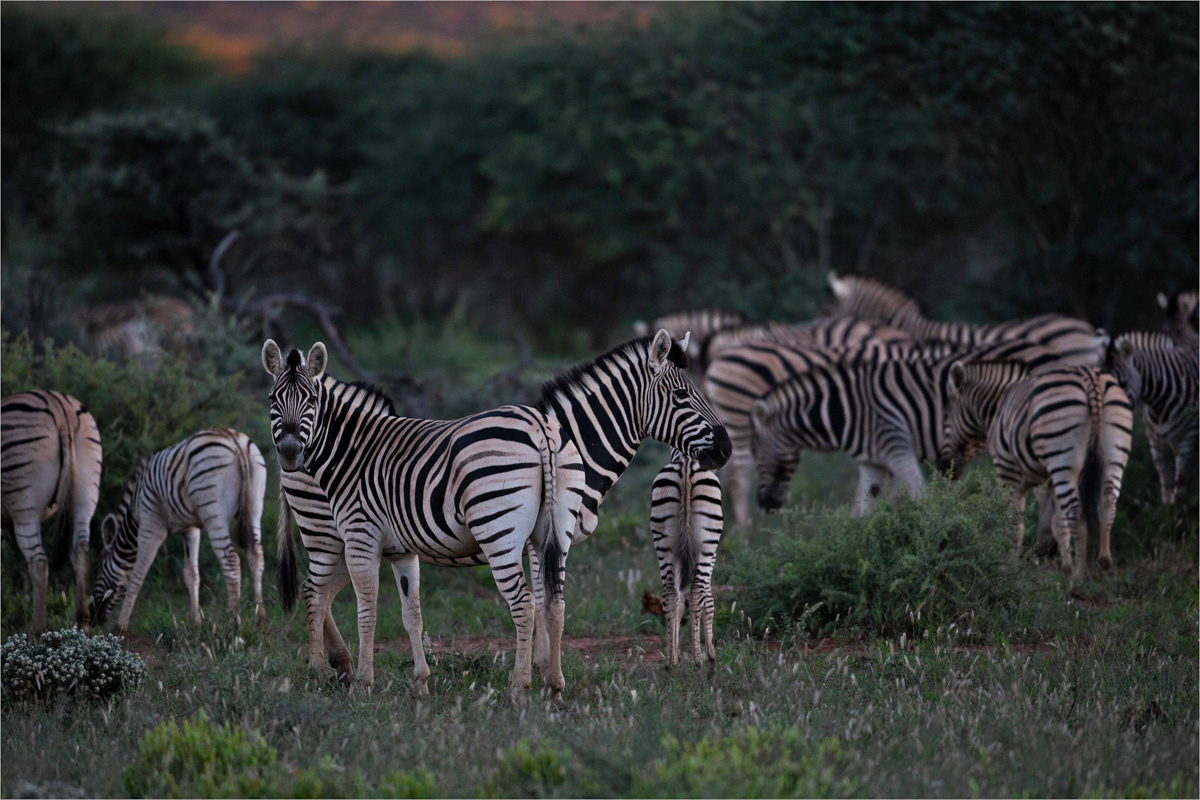
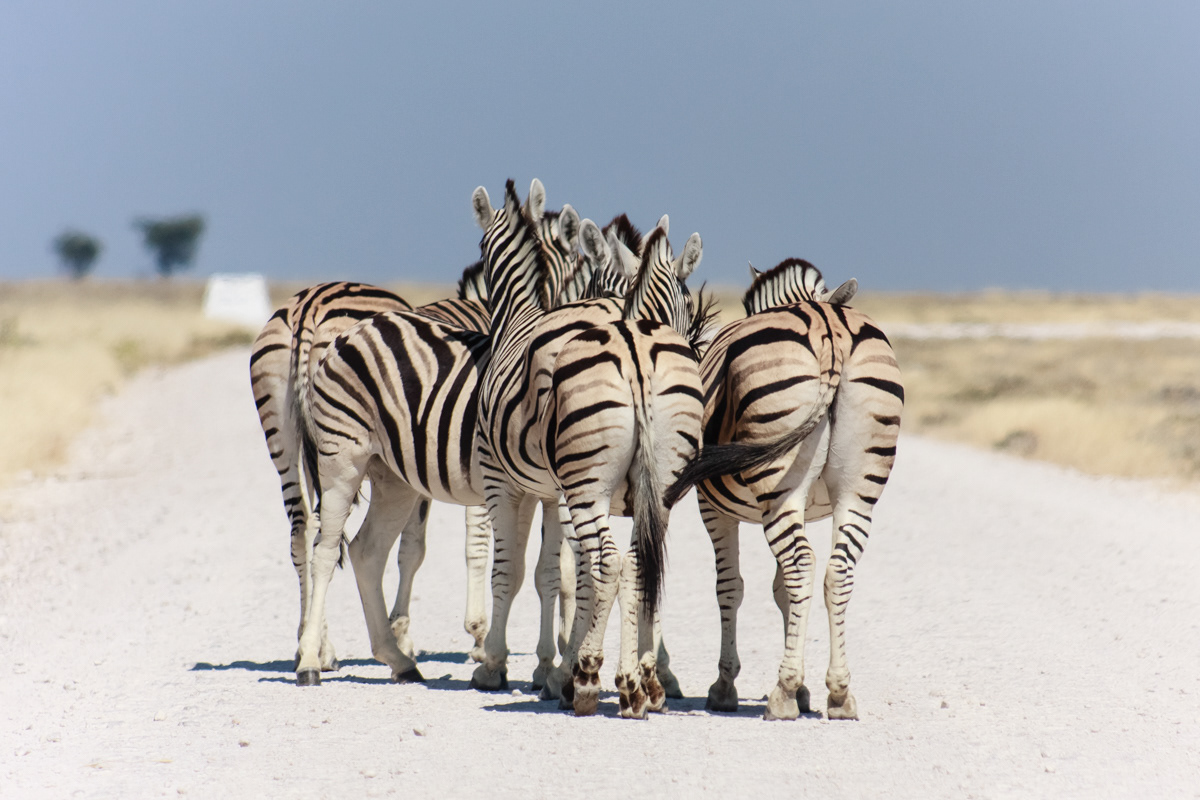
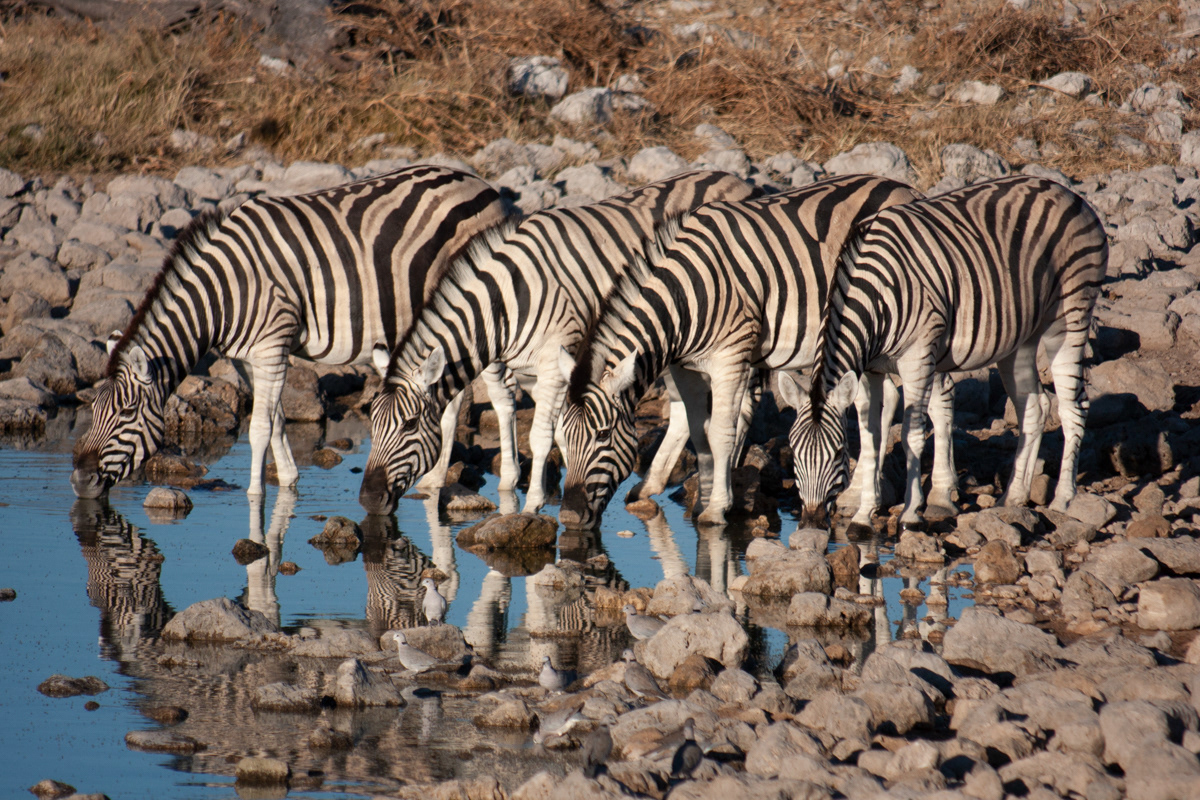

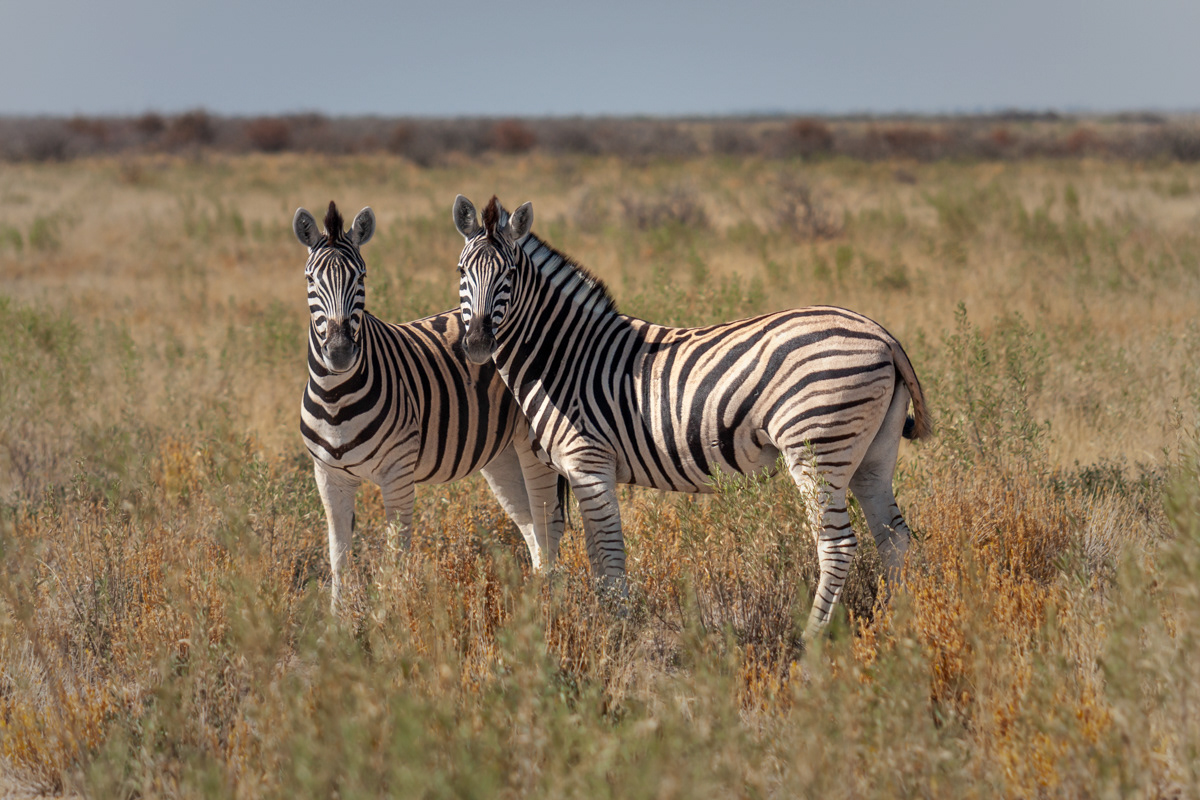
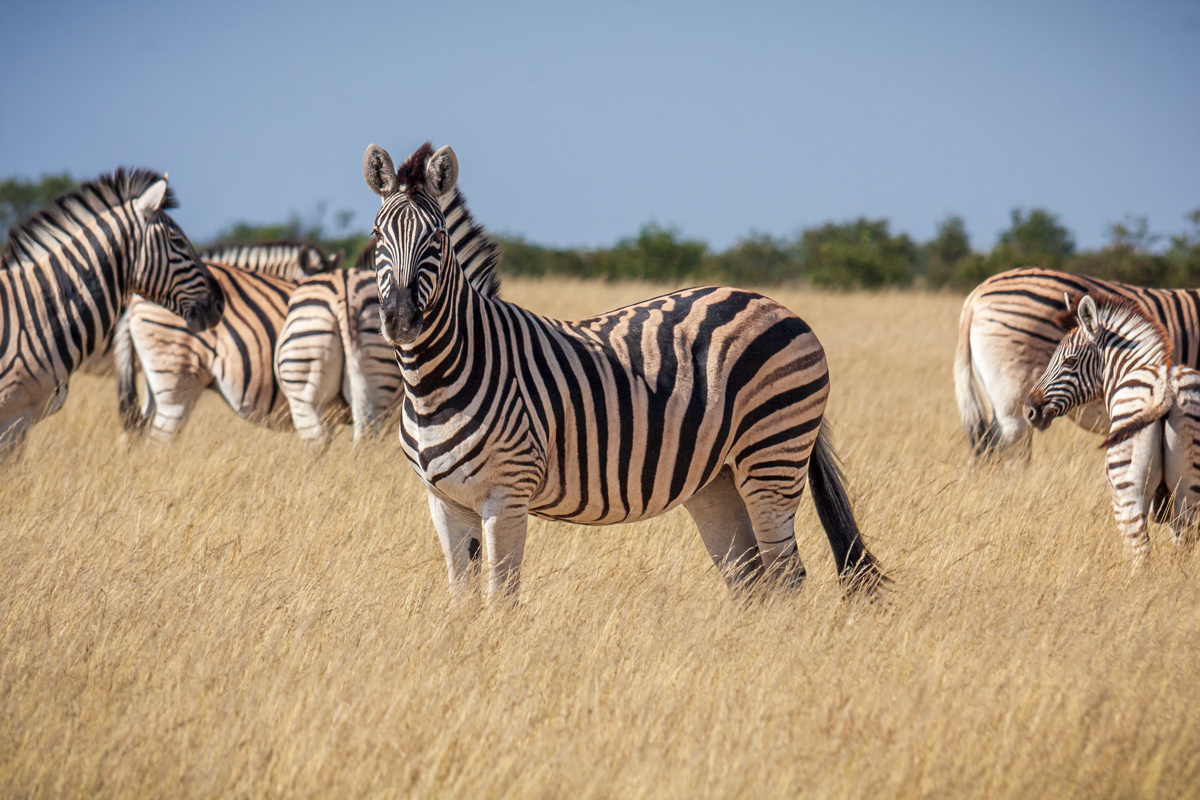
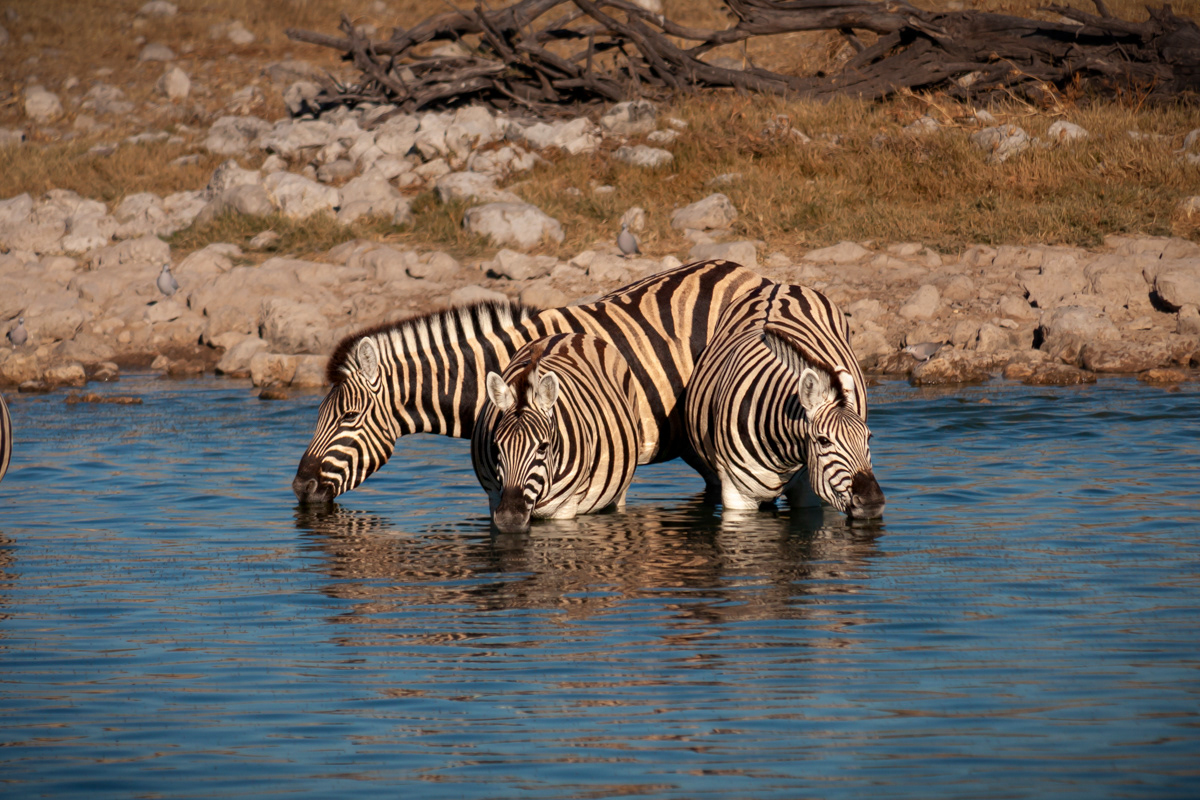
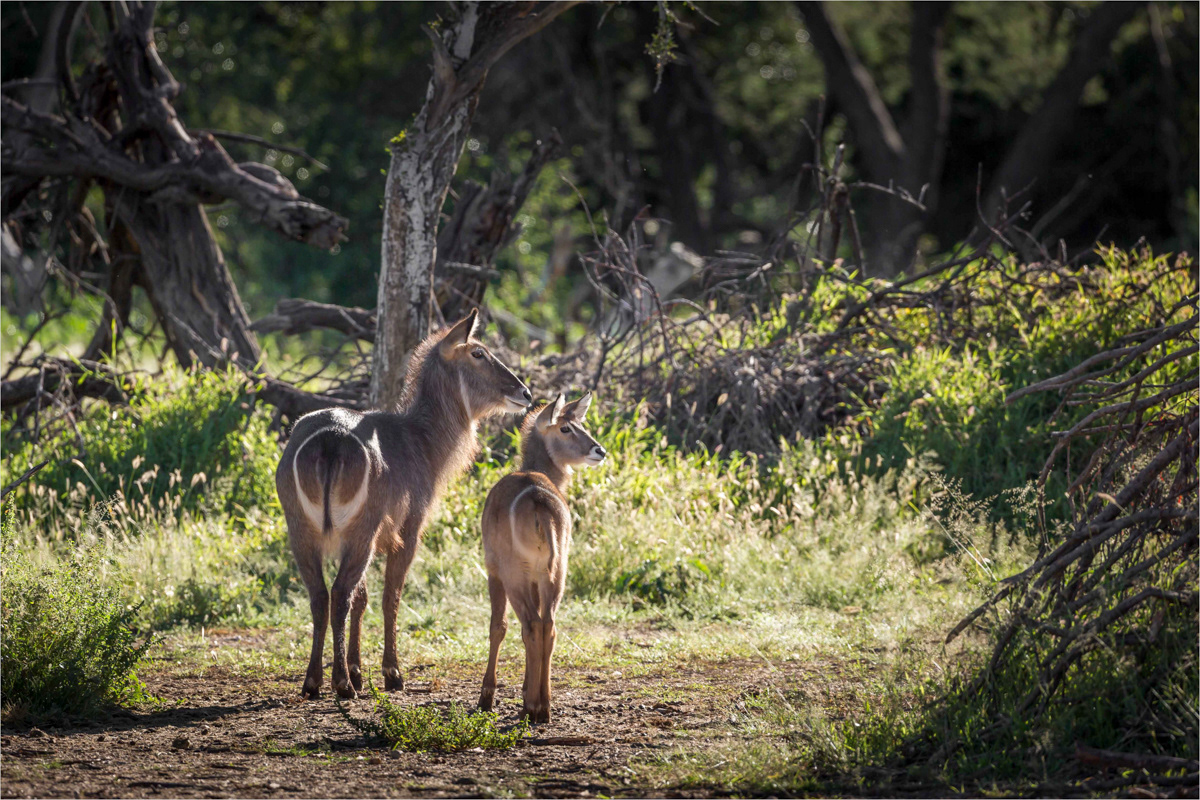
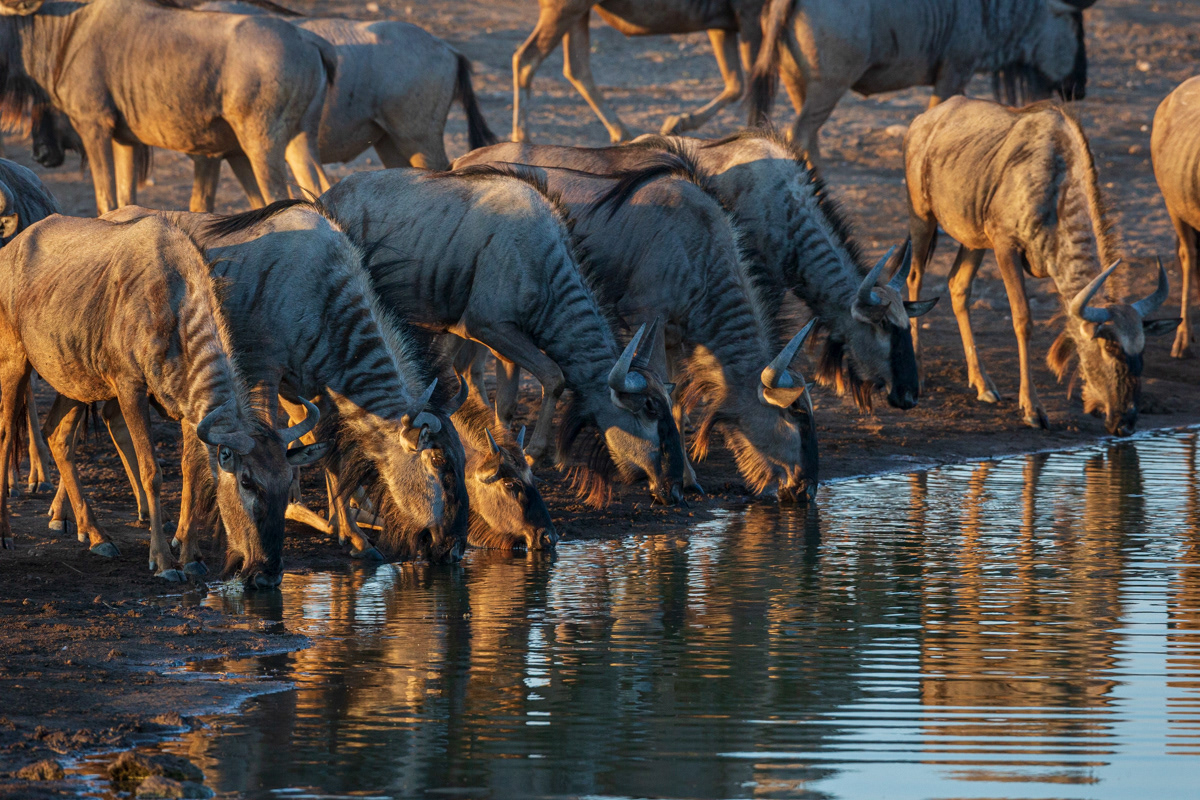
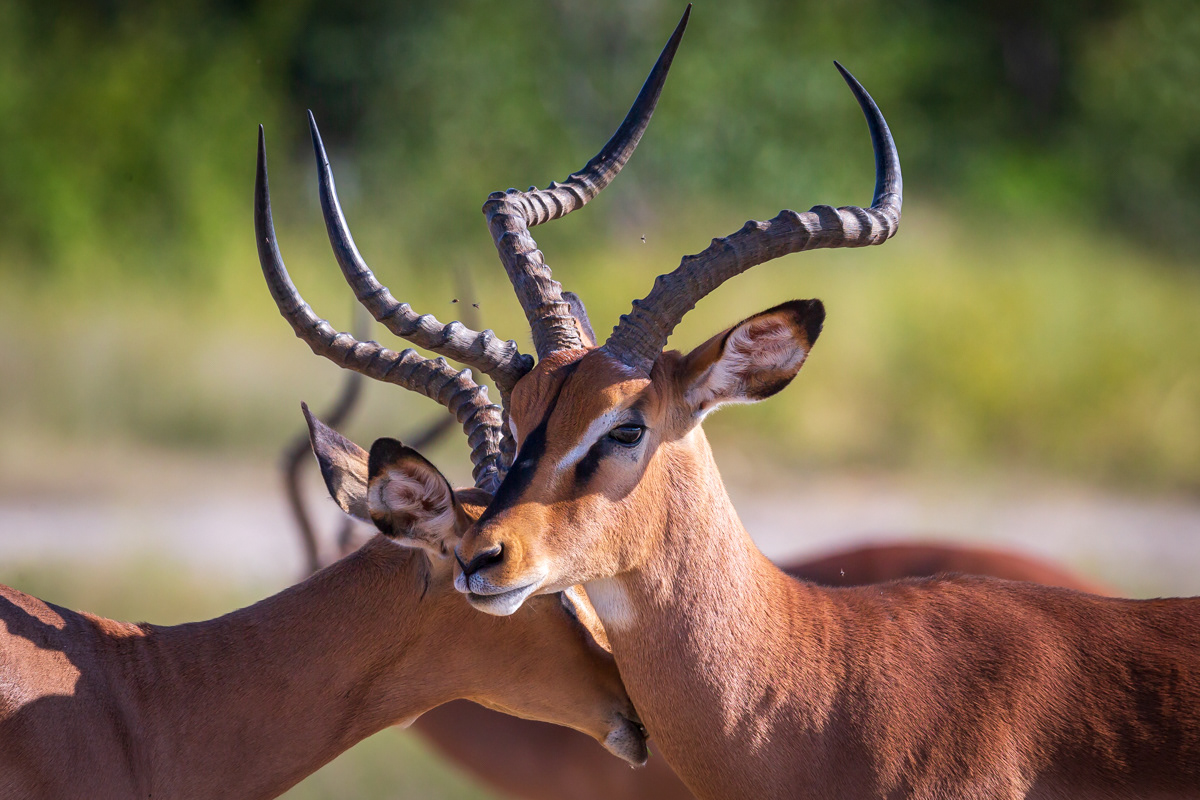
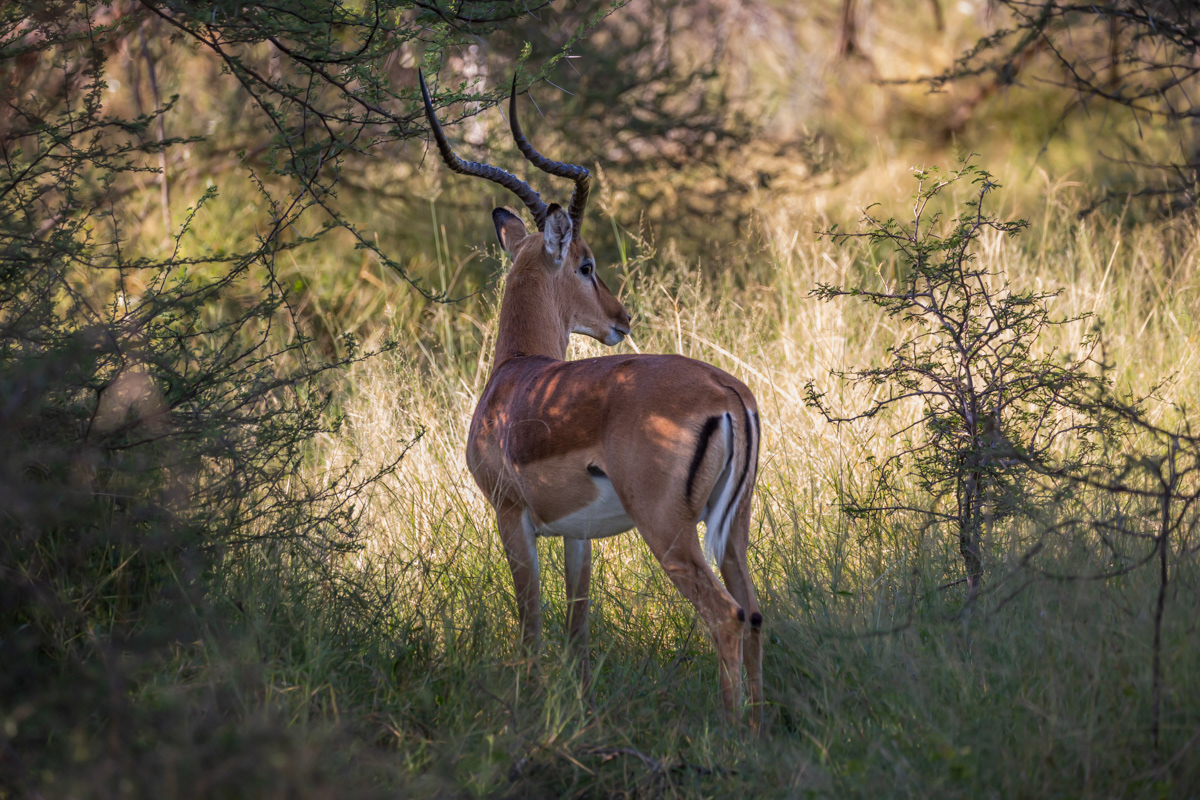

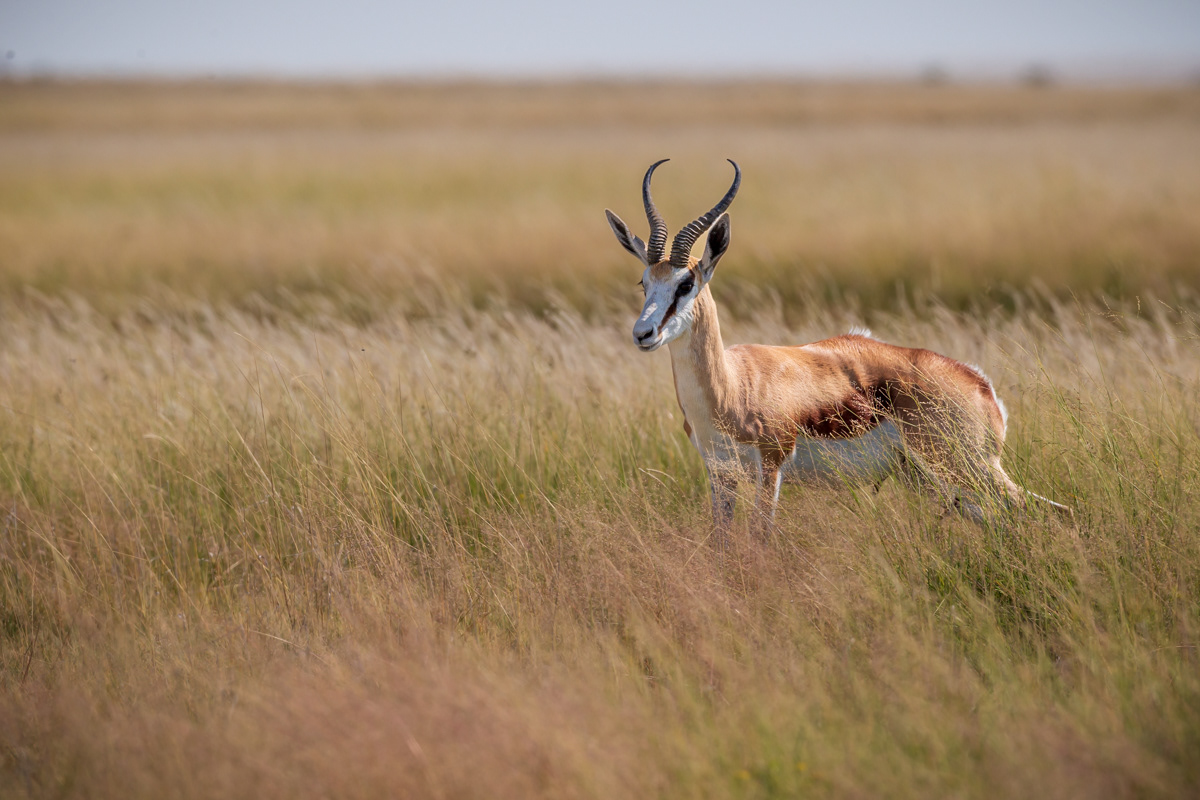
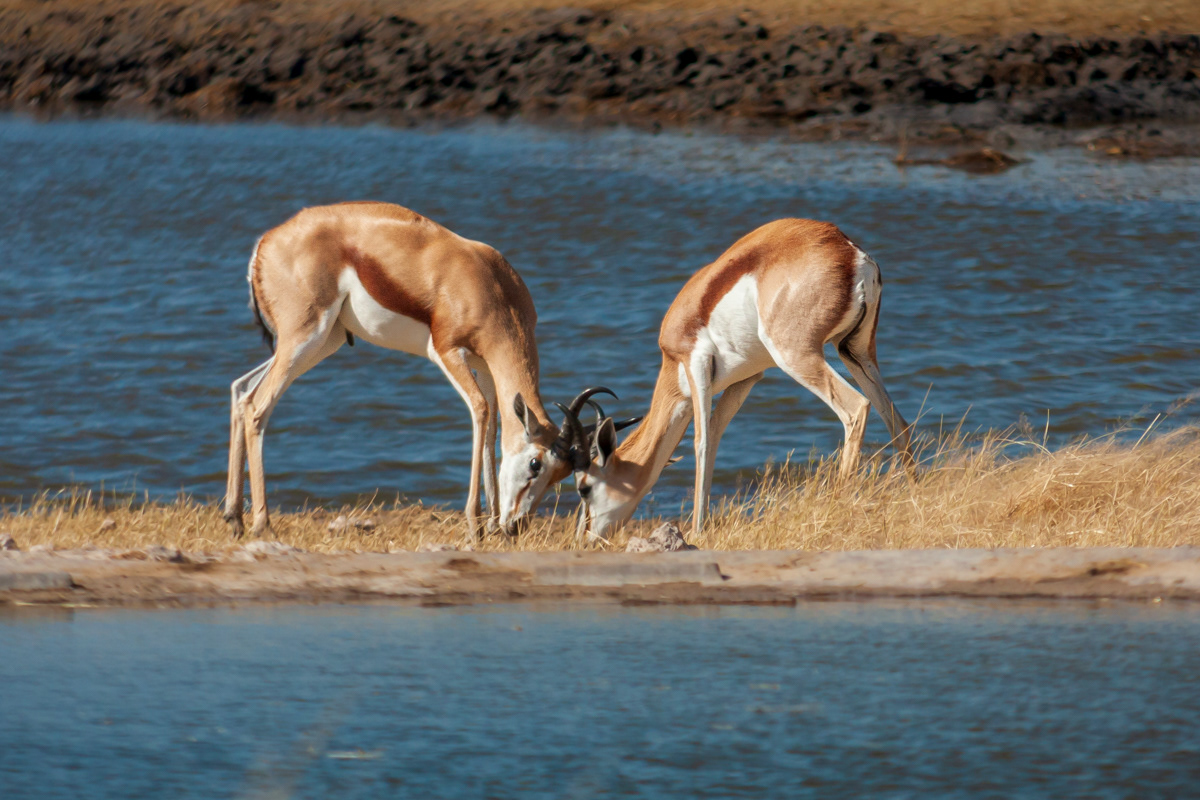



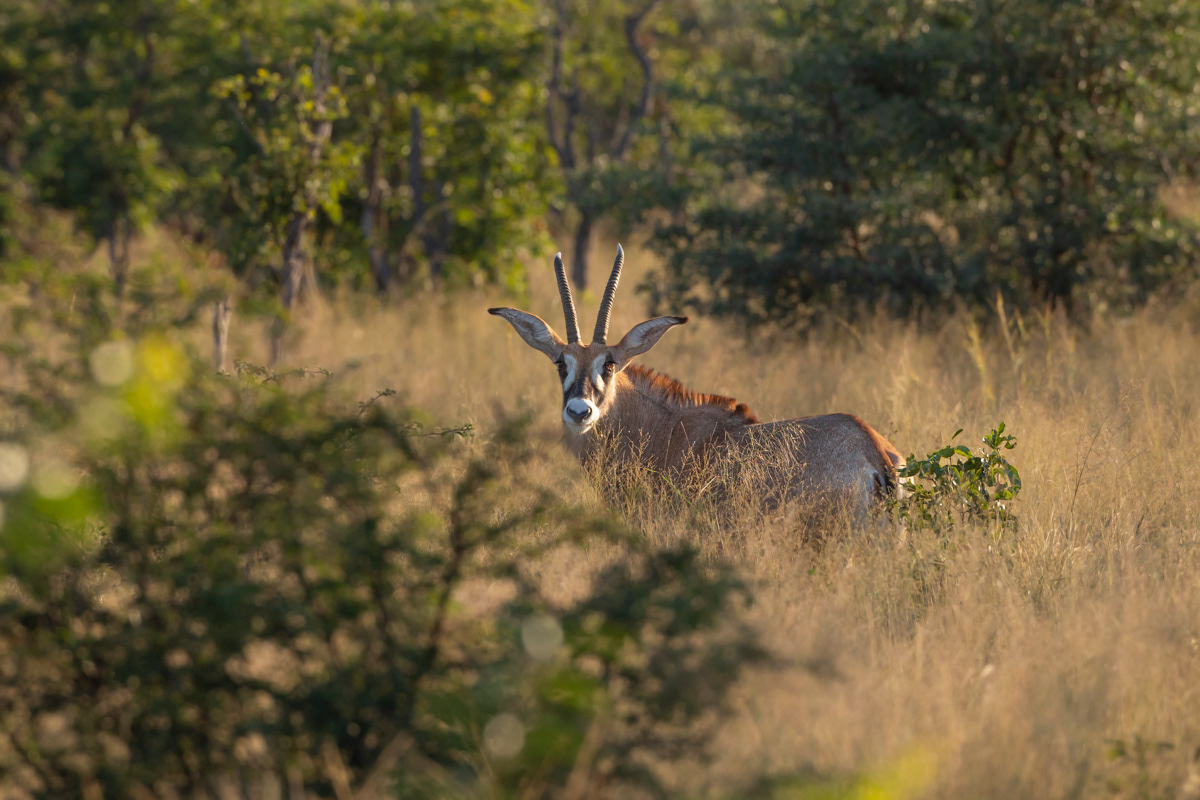
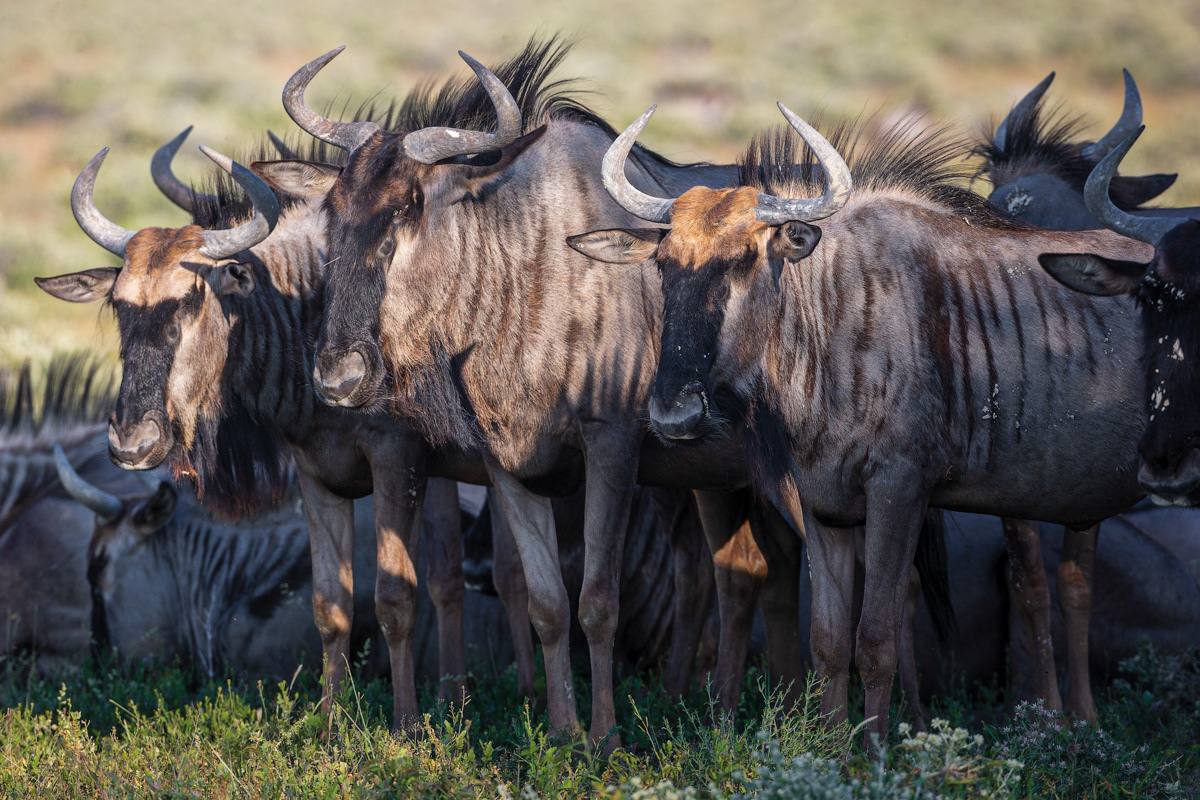
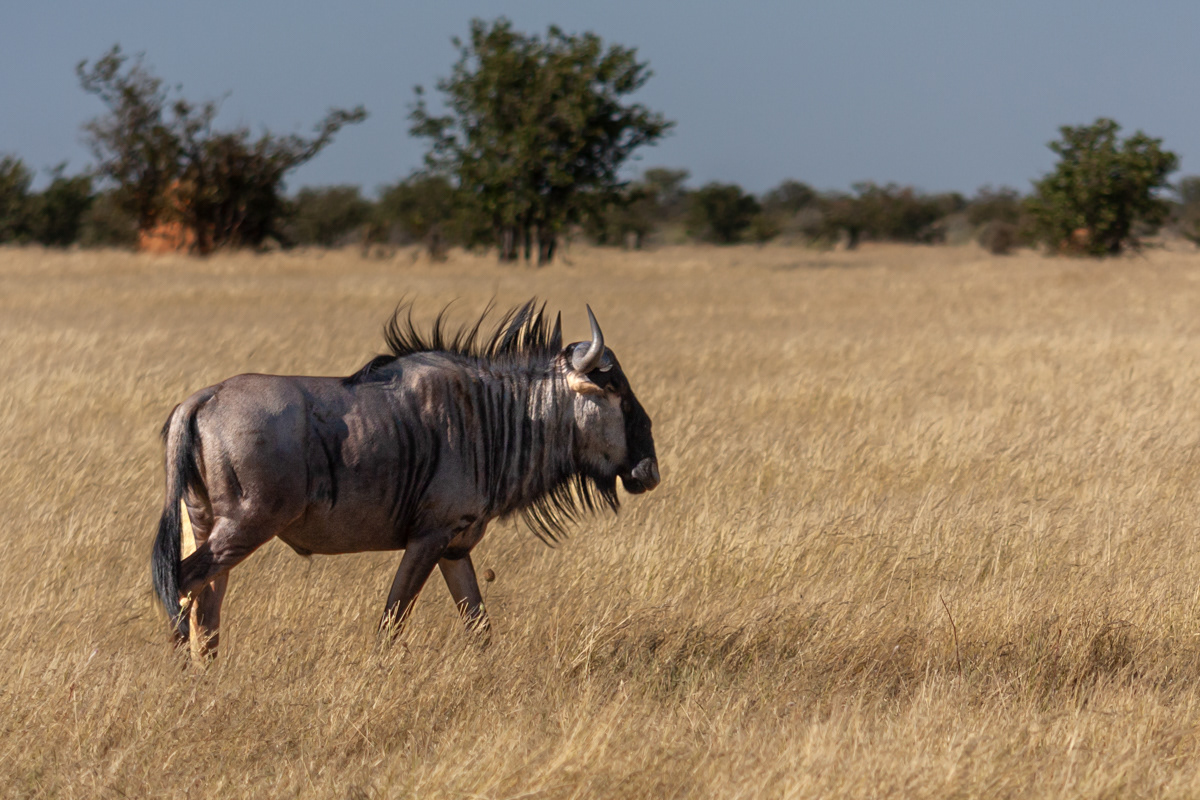
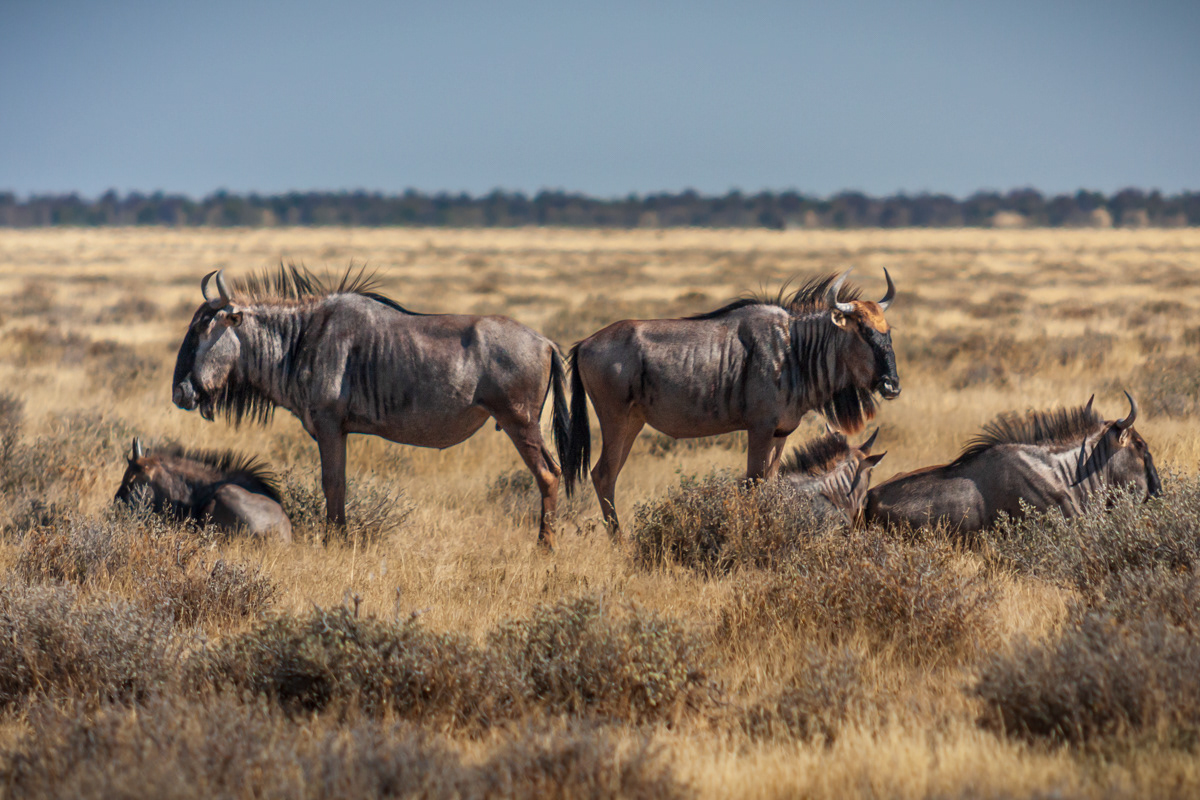





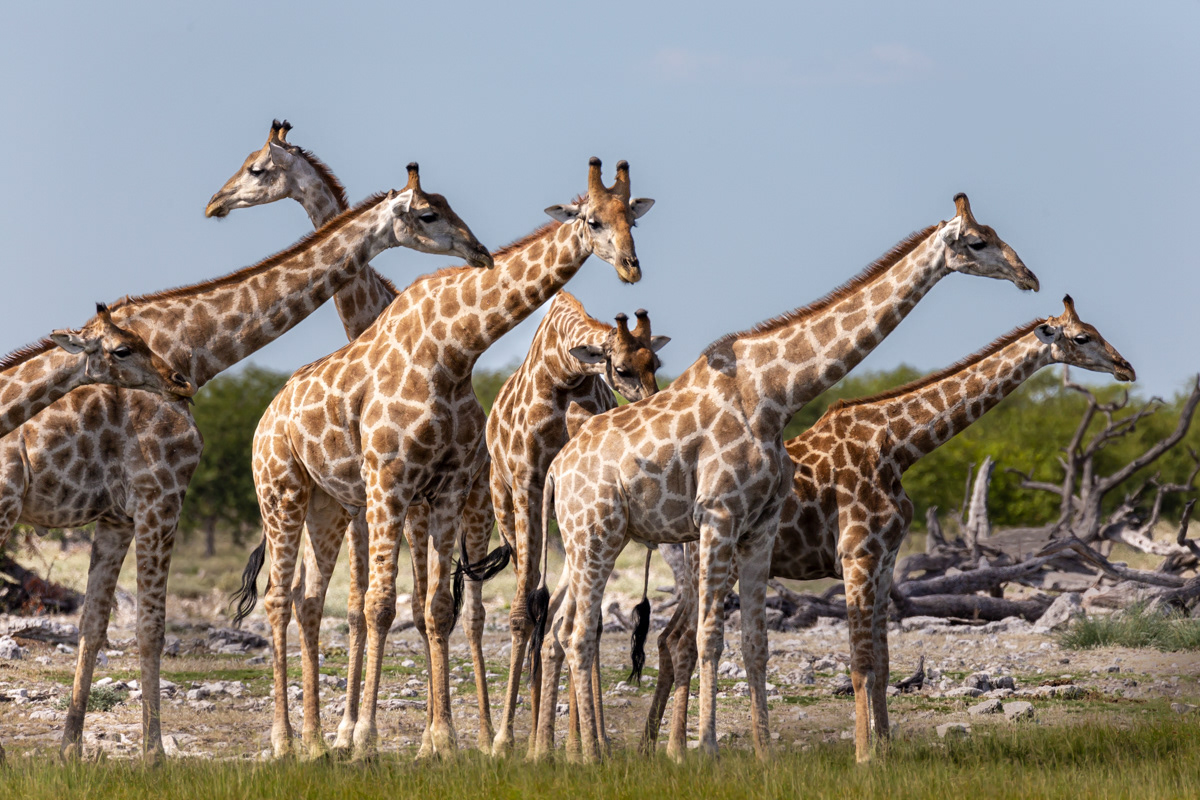


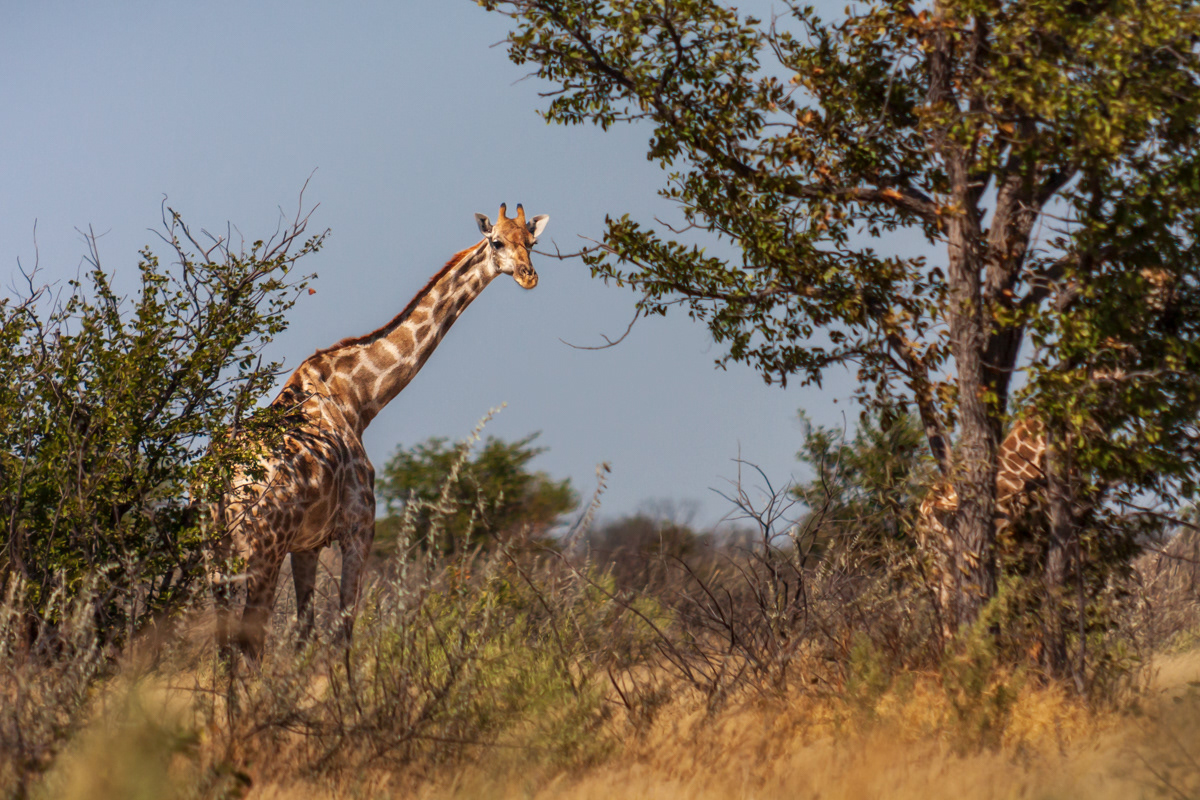

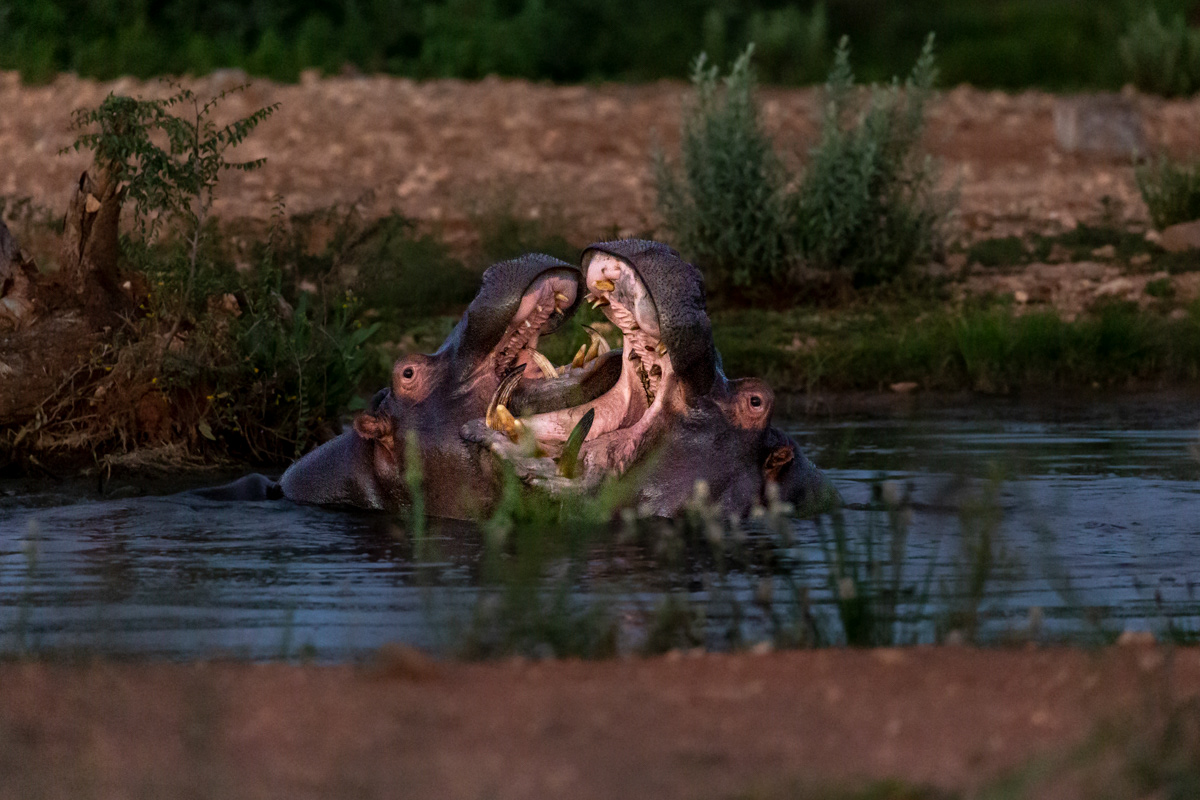
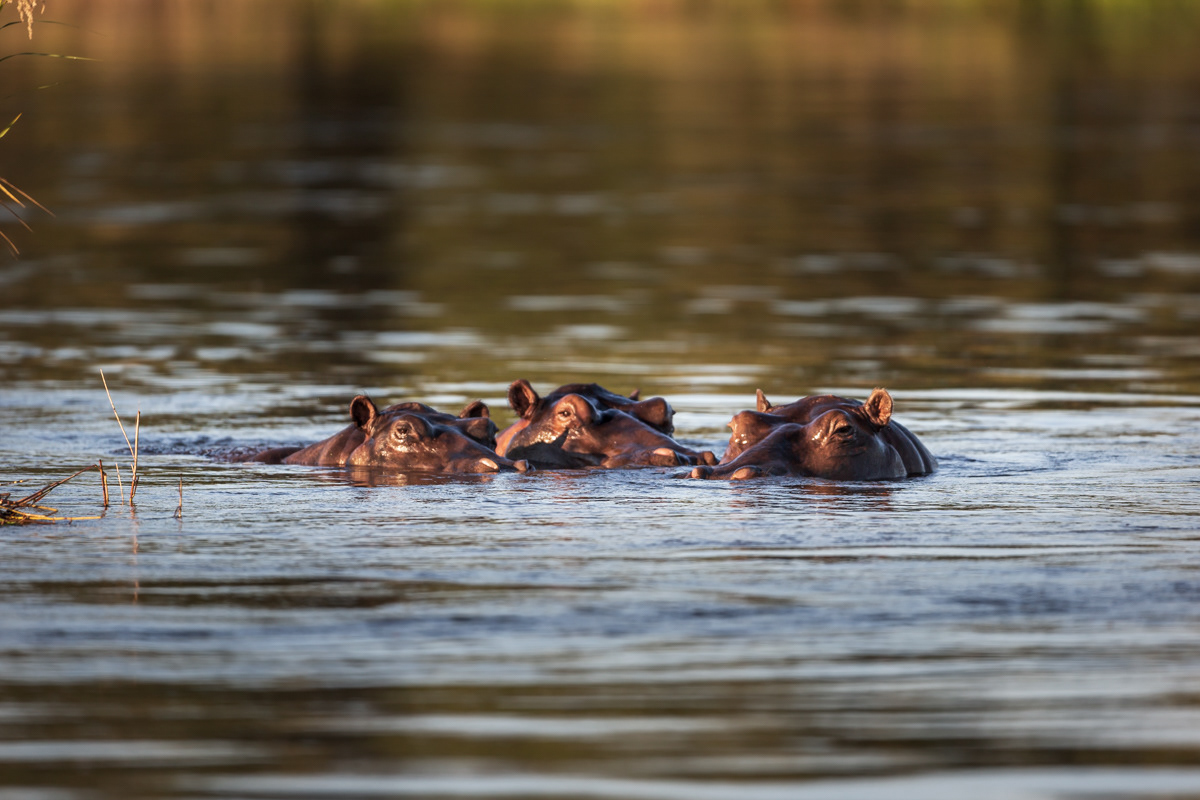
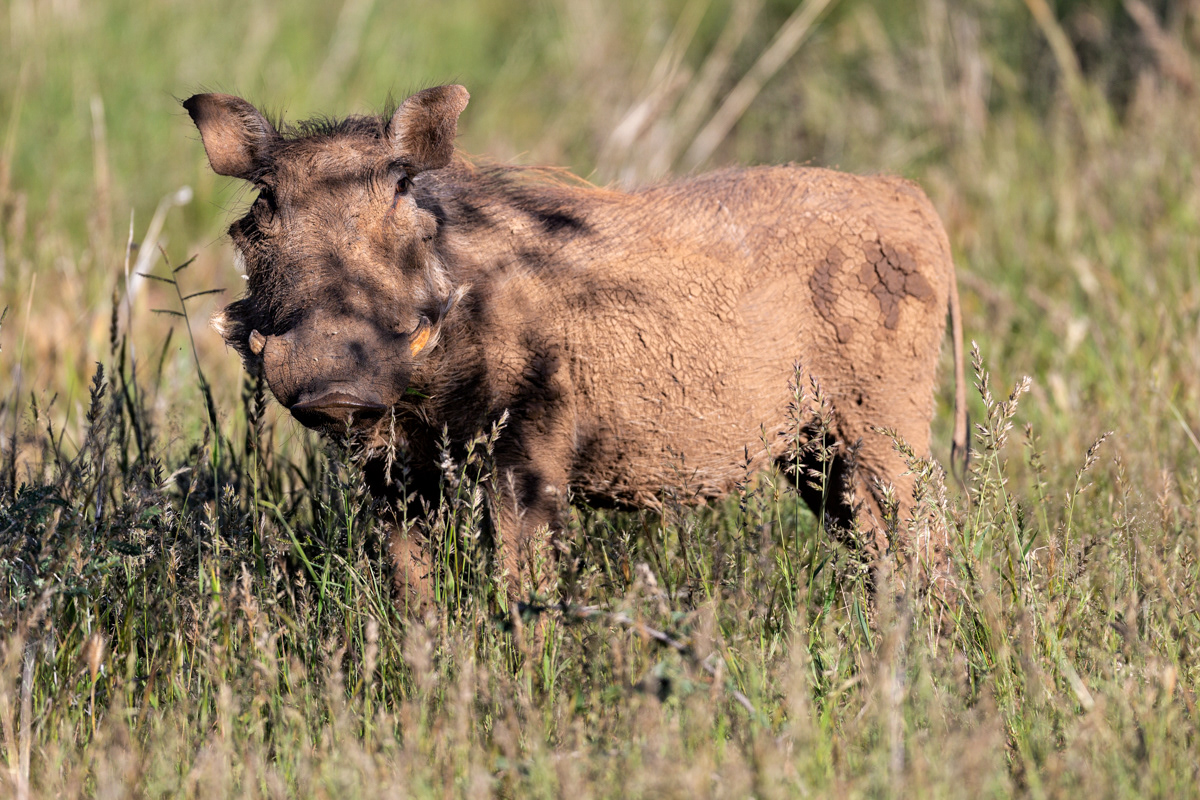


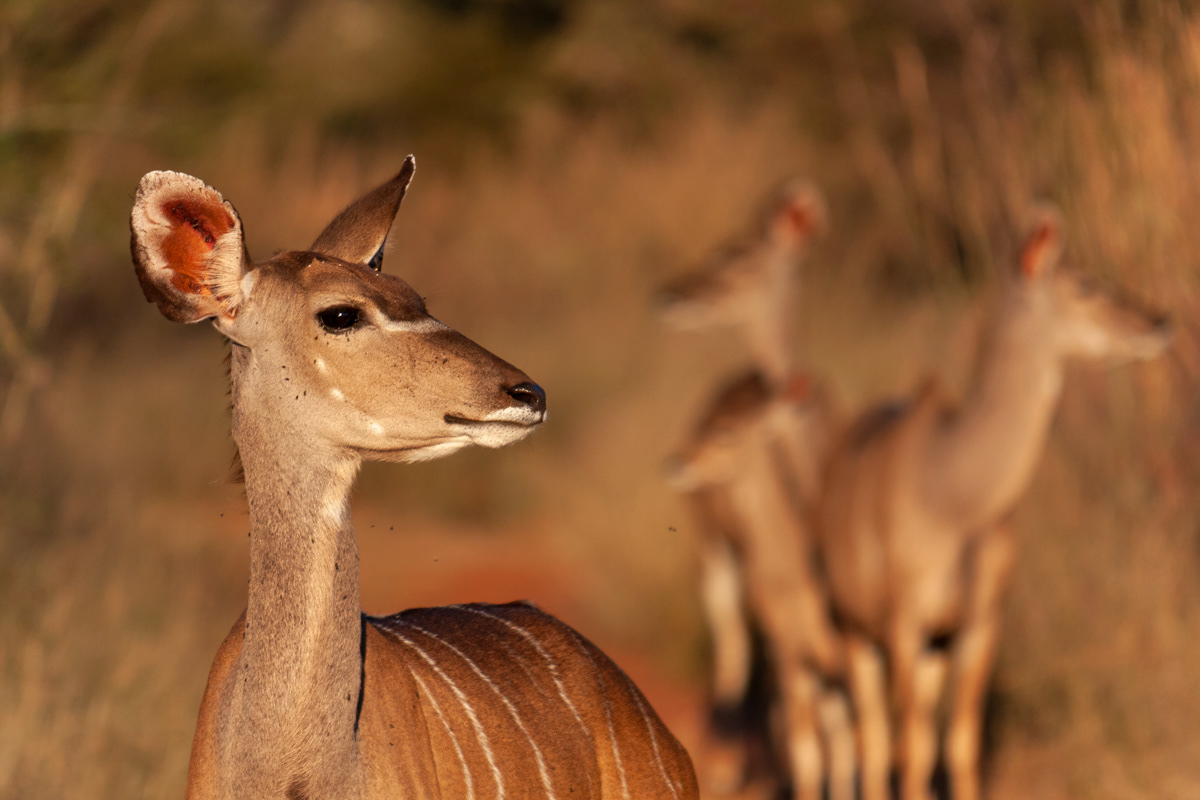






These images were taken with the following FF (full frame) DSLR camera:
Canon EOS 6D
Canon EOS 5D III
Canon EOS 1Ds MK III
Canon EOS 1DX
These images were taken with the following APS-C DSLR camera:
CANON EOS 40D
CANON EOS 7D MK III
These images were taken with the following LENS:
Canon EF 35-350 f/3.5-5.6 L USM
Canon EF 100-400 f/4.5-5.6 L USM IS II
Canon EF 300 f/2,8 L IS USM
Canon EF 500 f/4 L IS USM
Canon extender 1.4x III
Tamron SP 24-70 f/2.8 Di VC USD A007e
Tamron SP 150-600 F/5-6,3 Di VC USD A011

